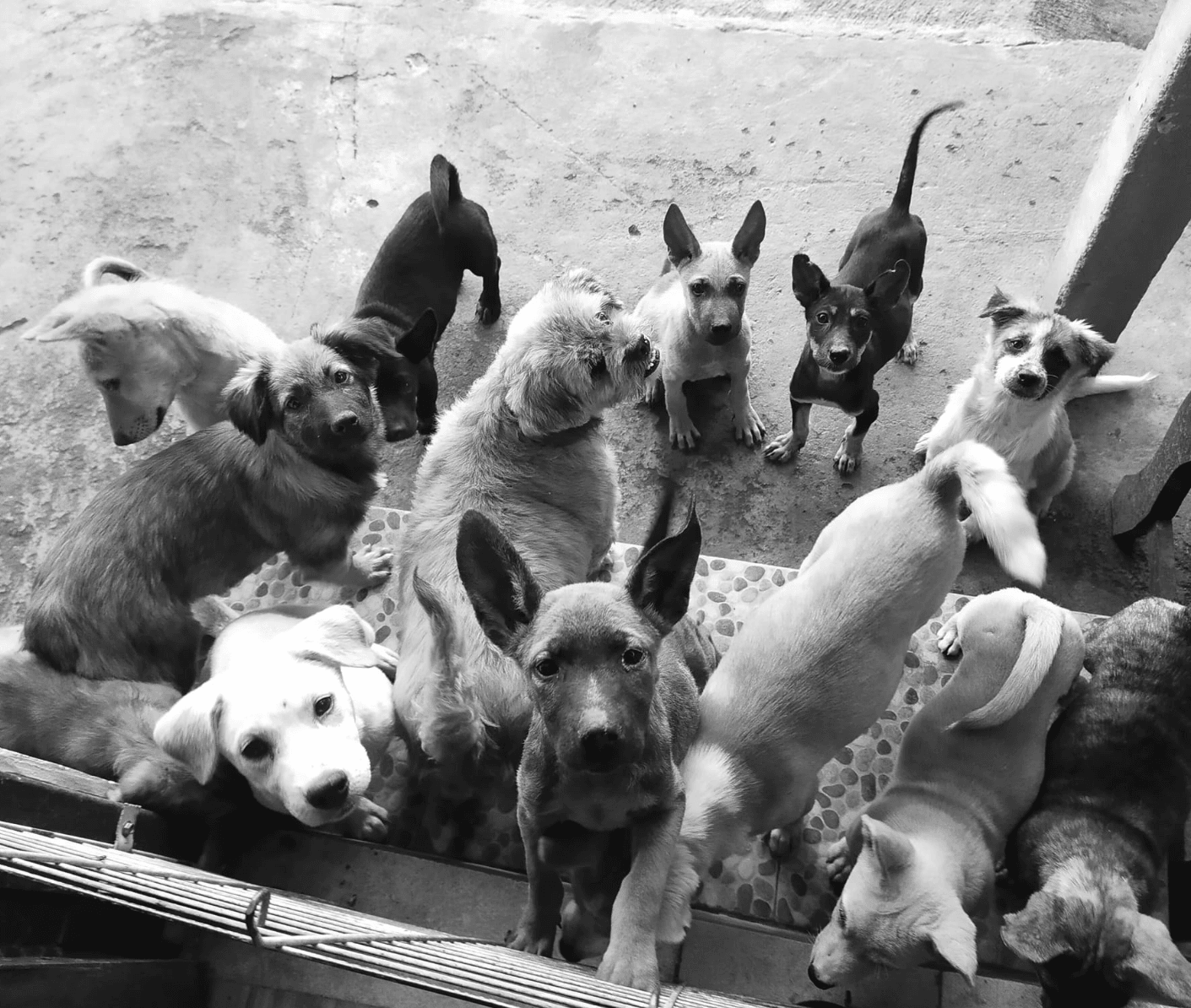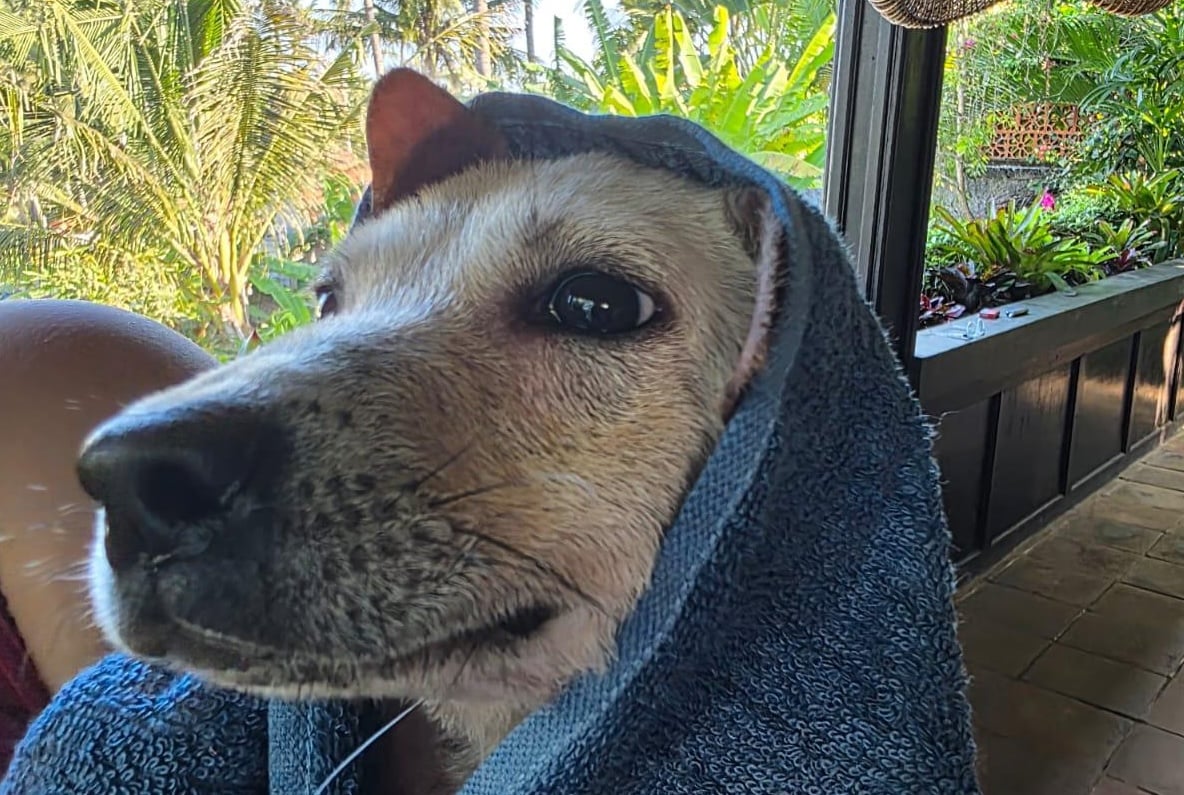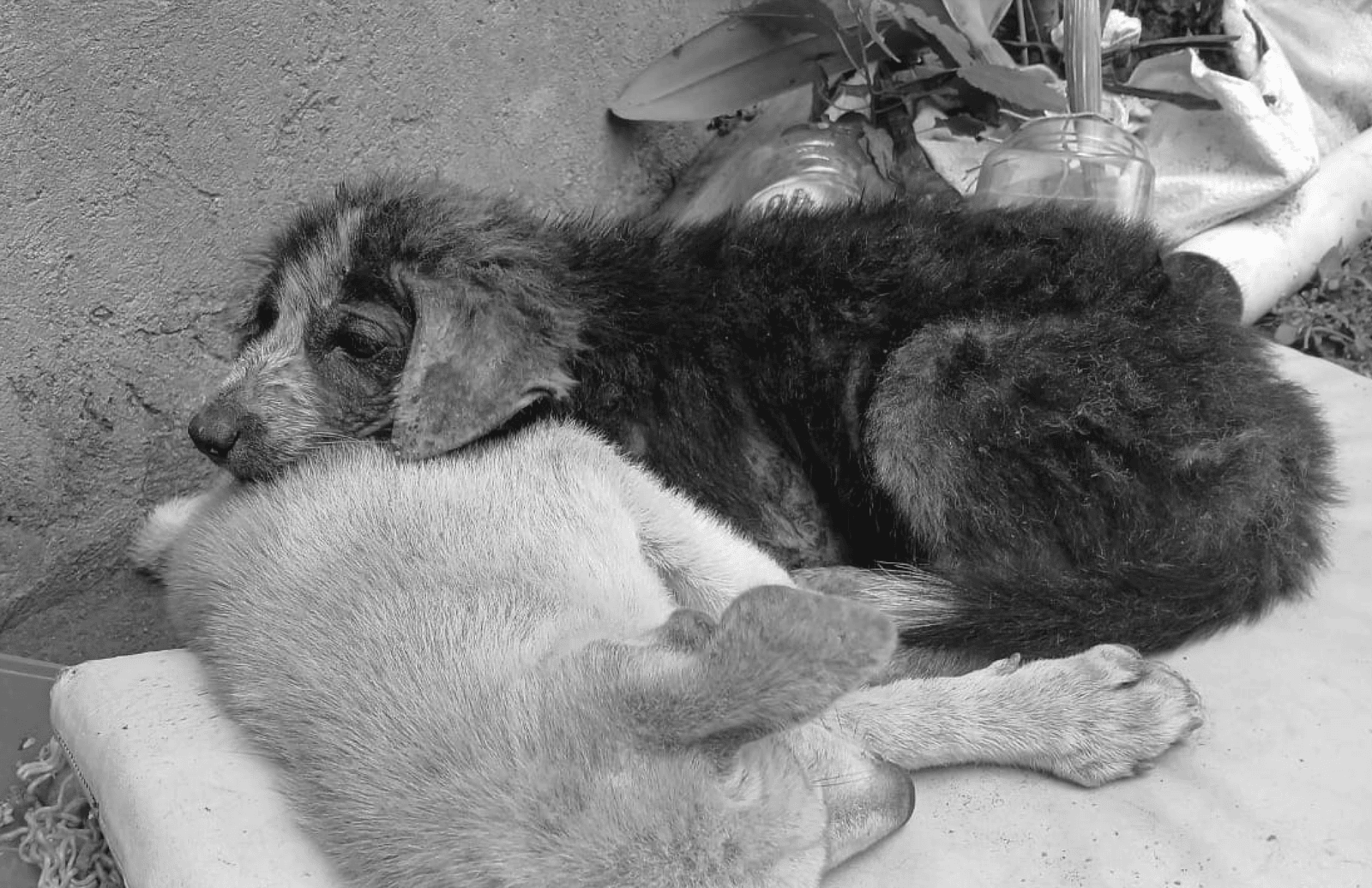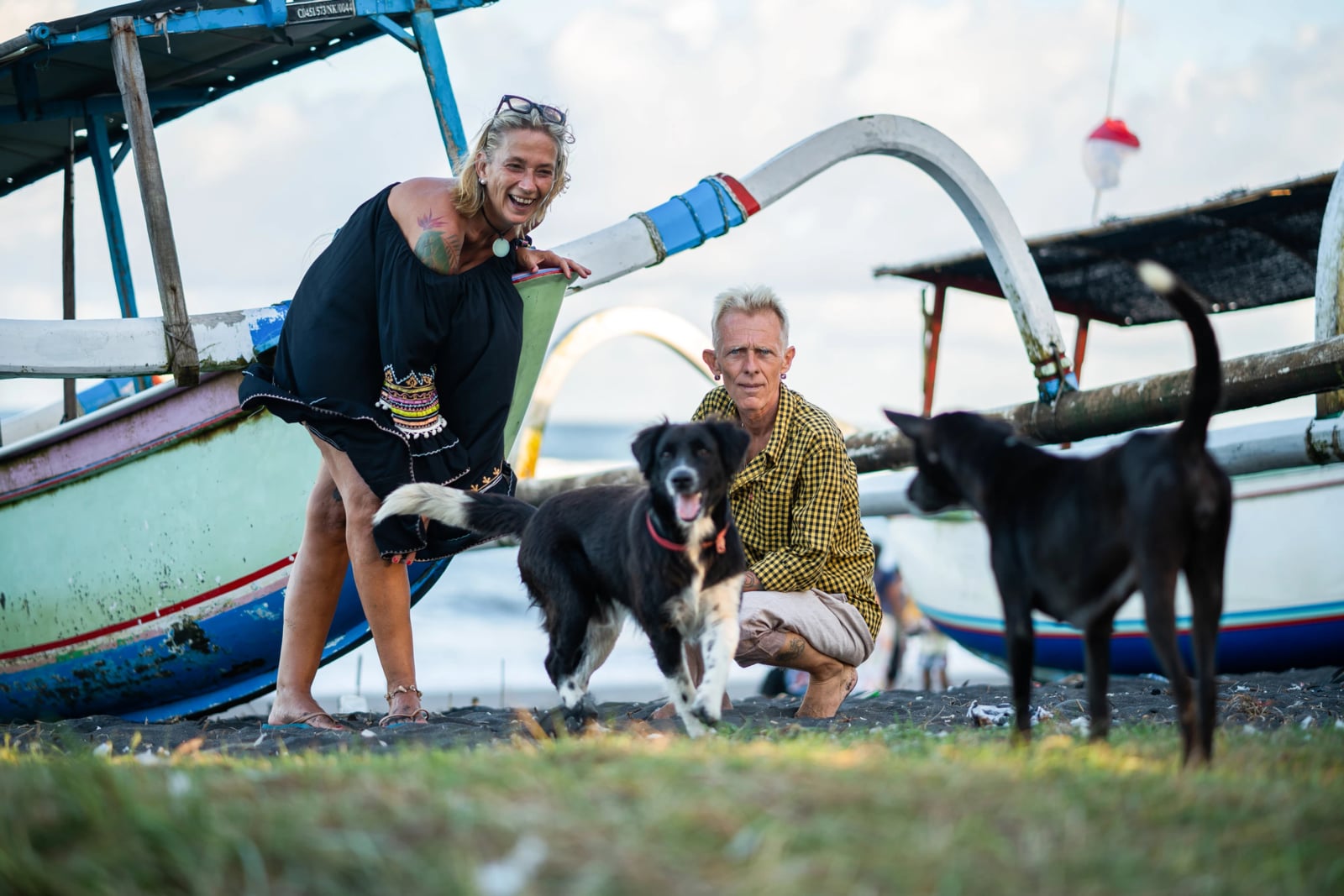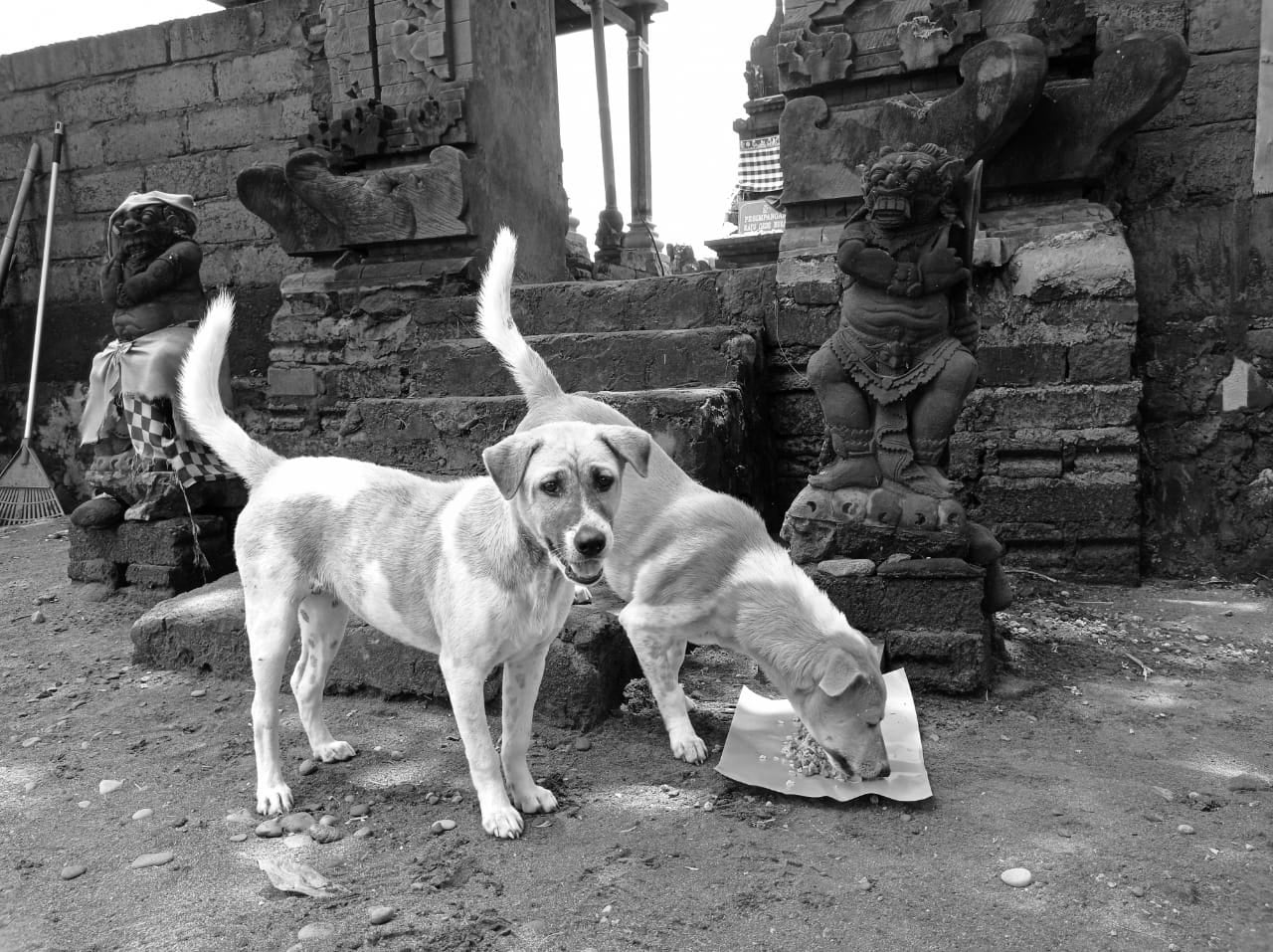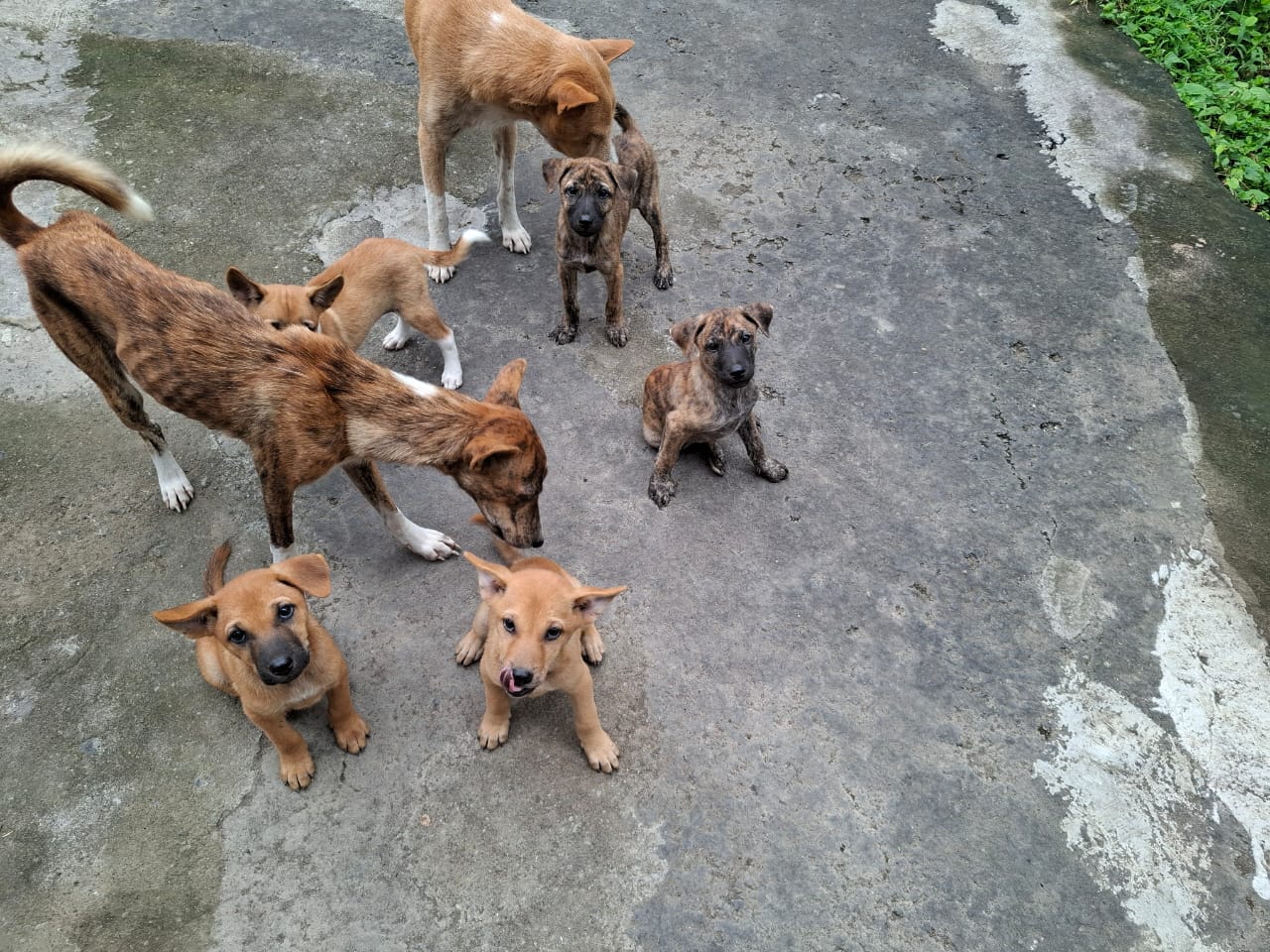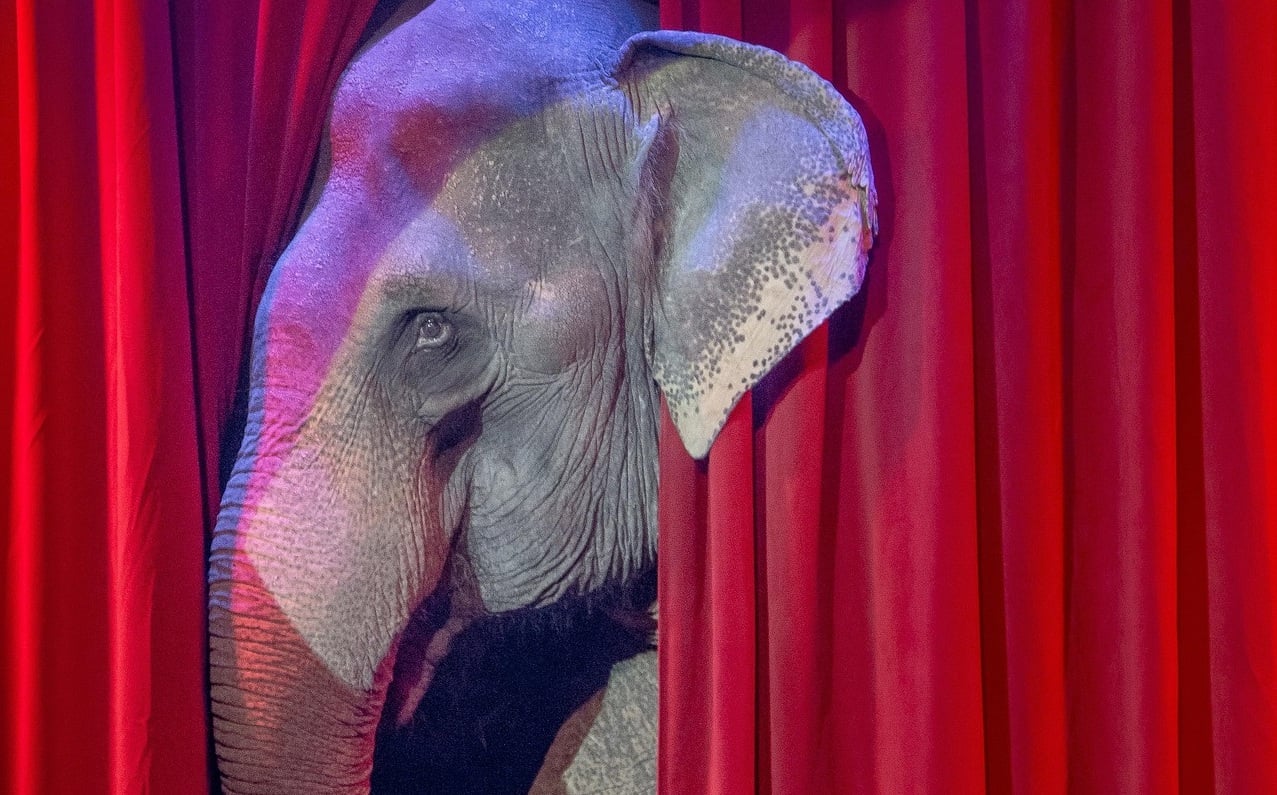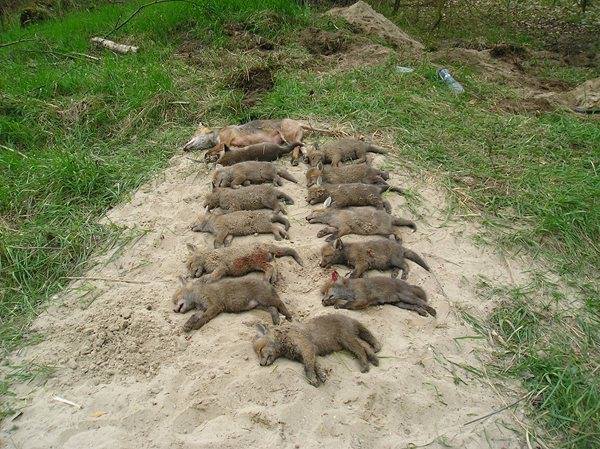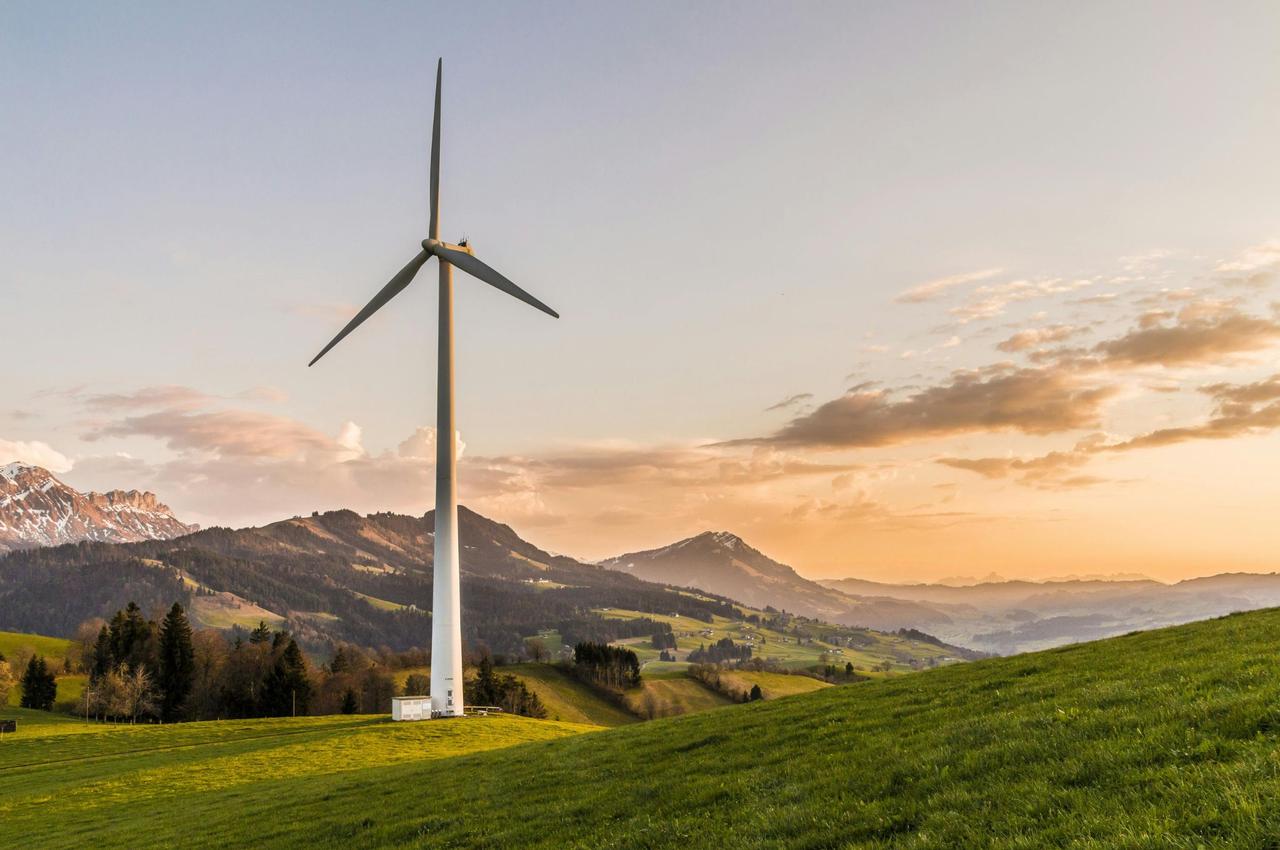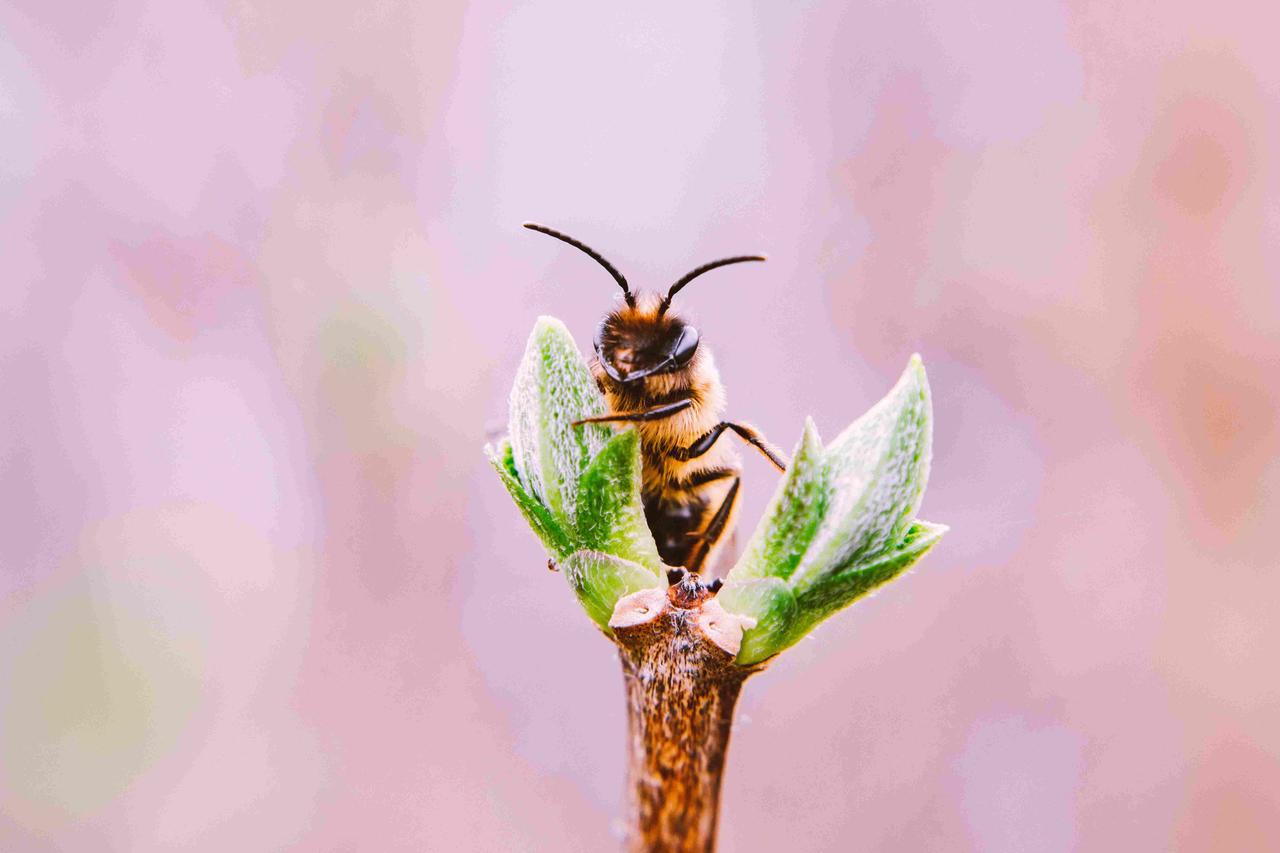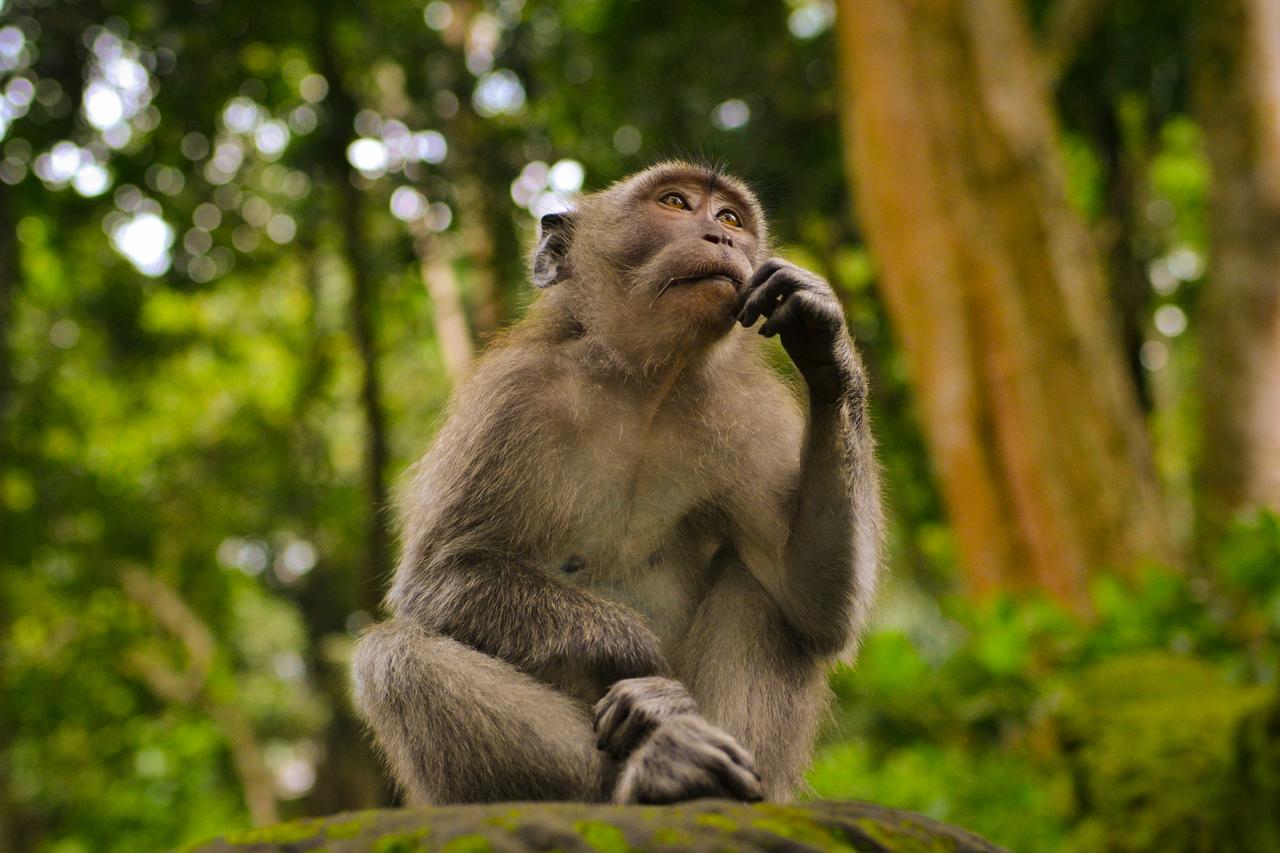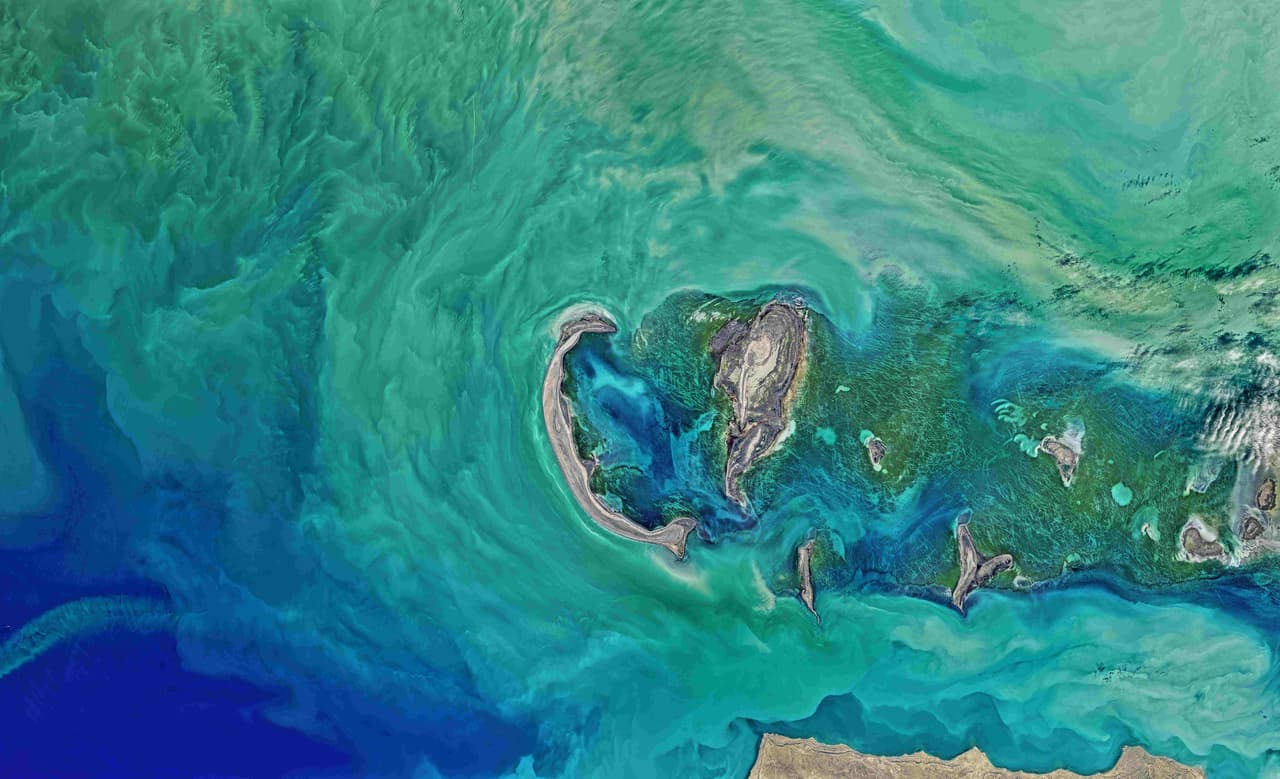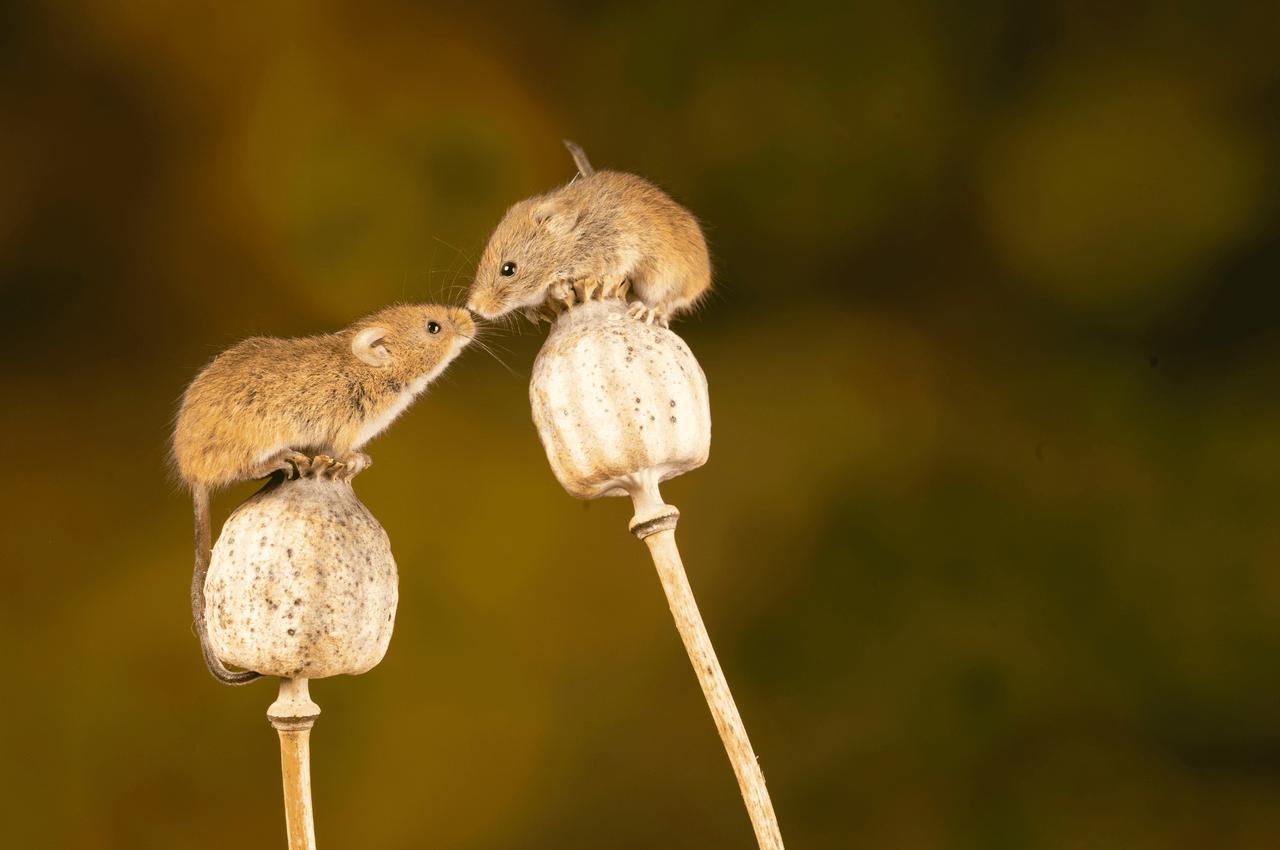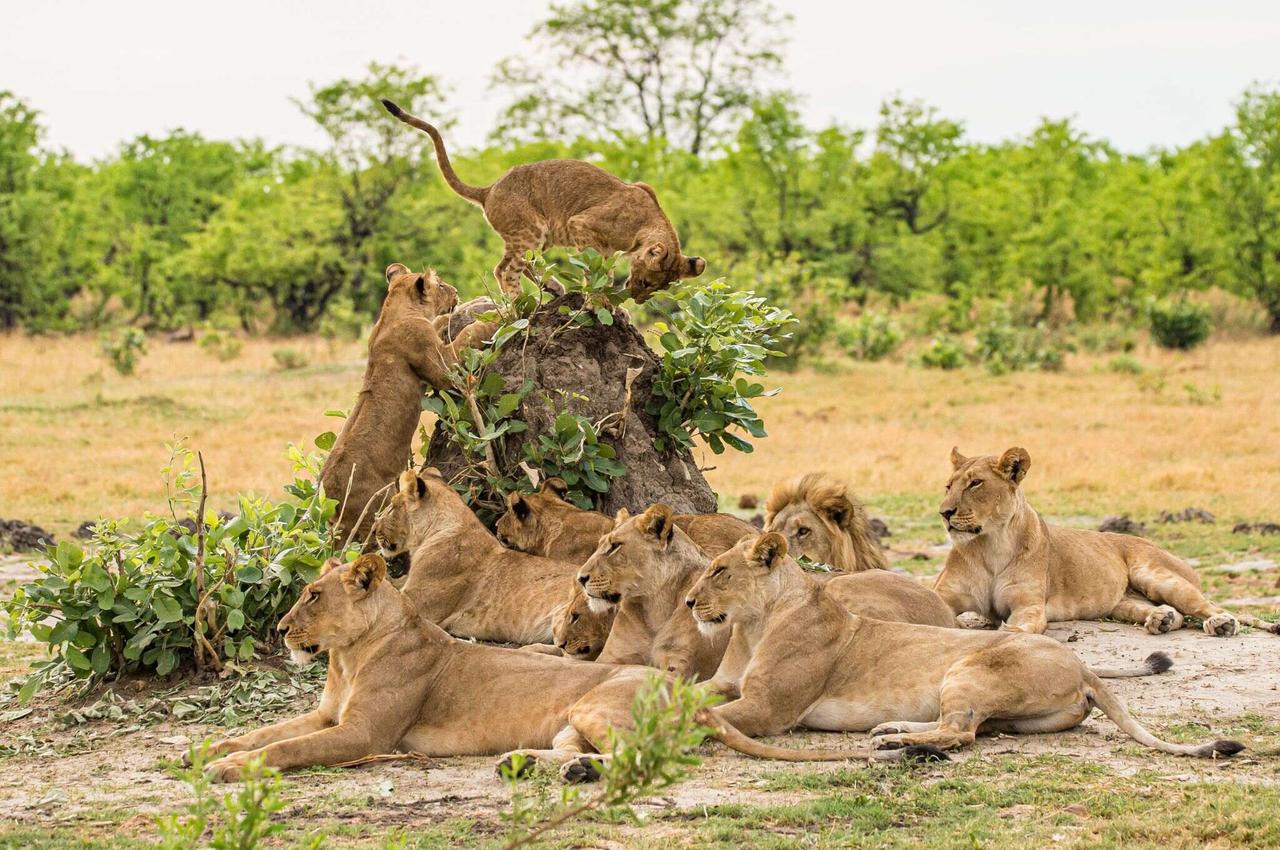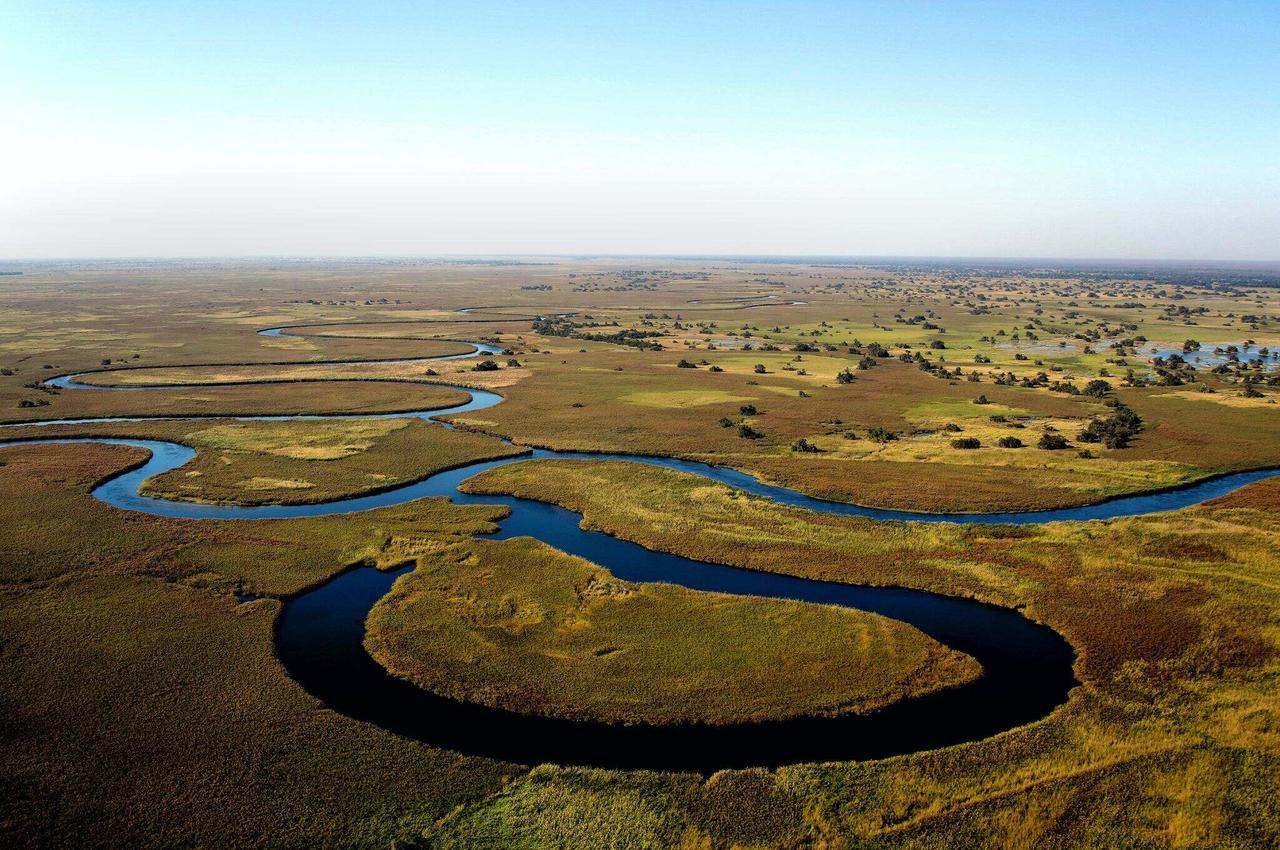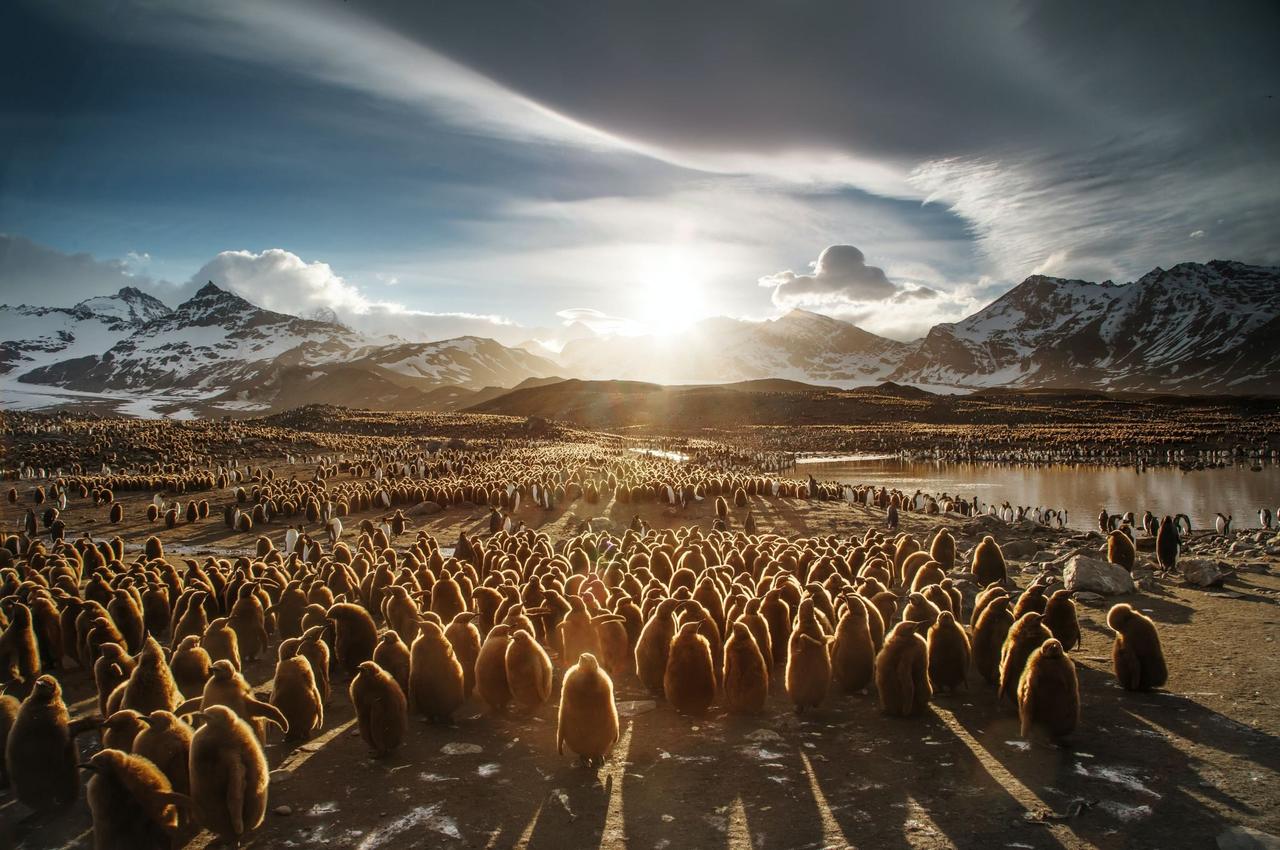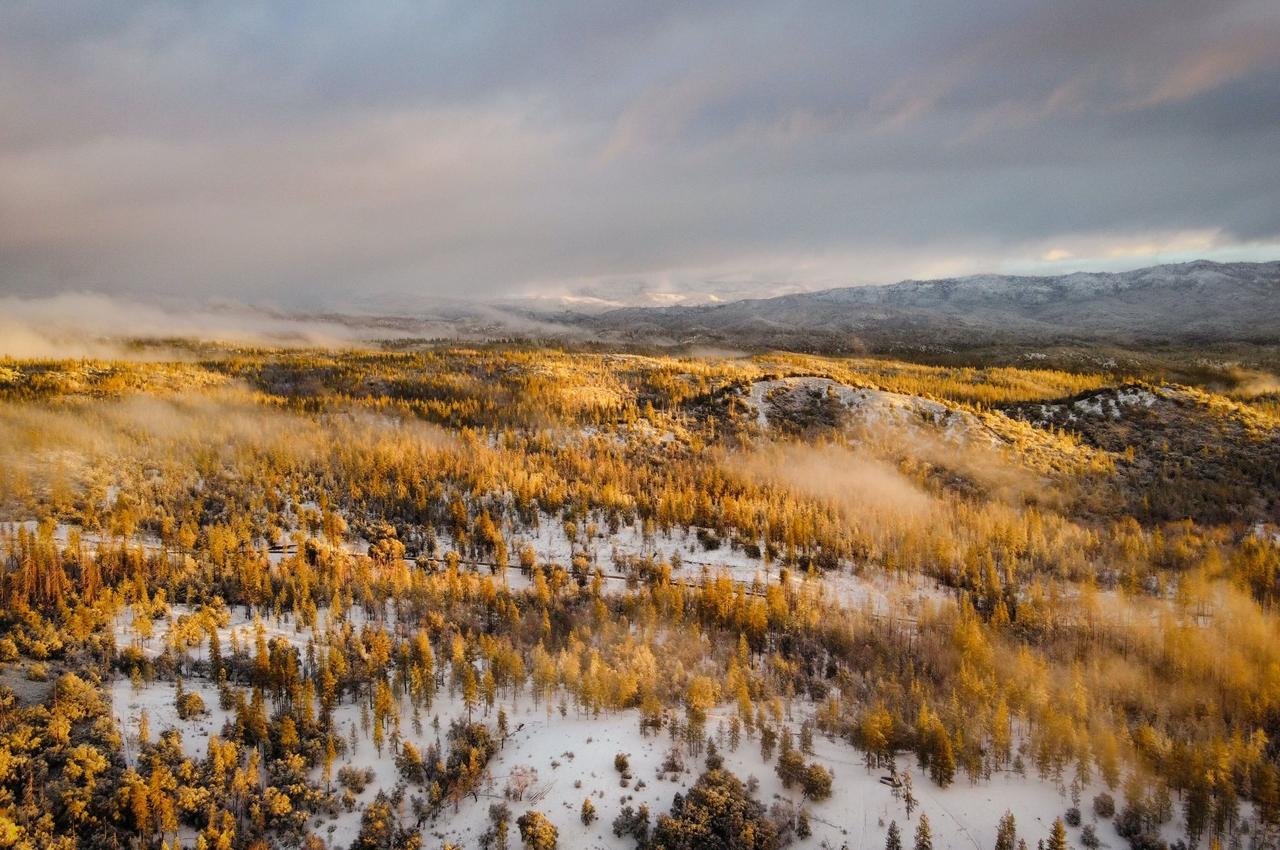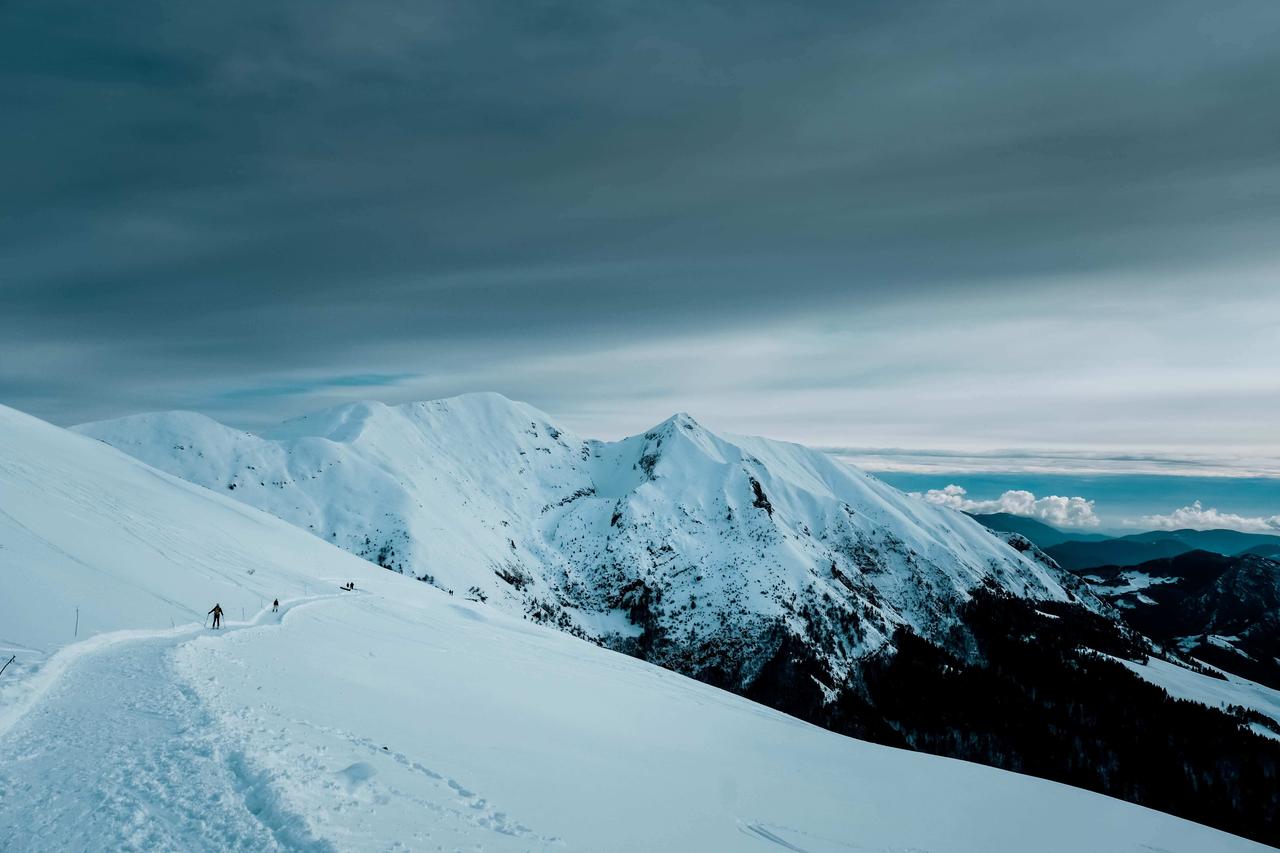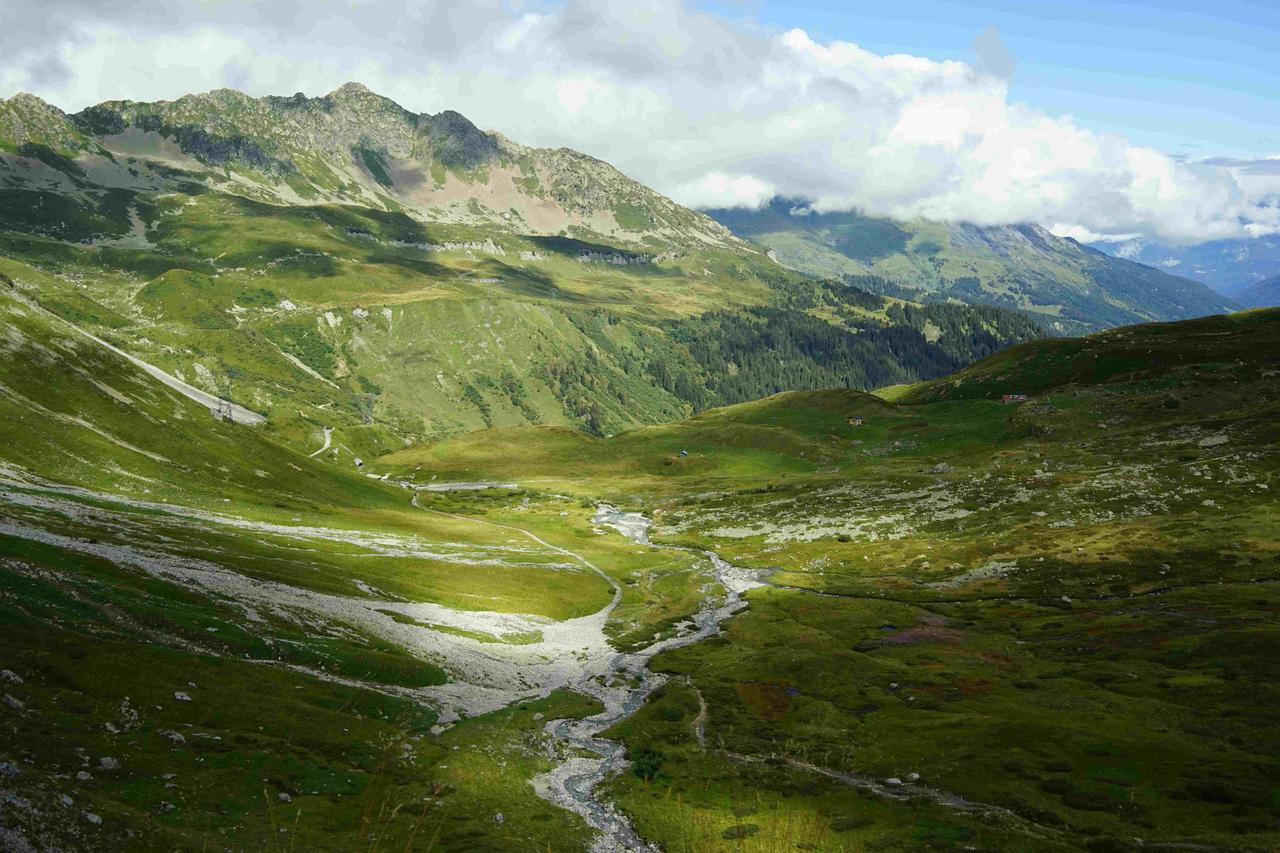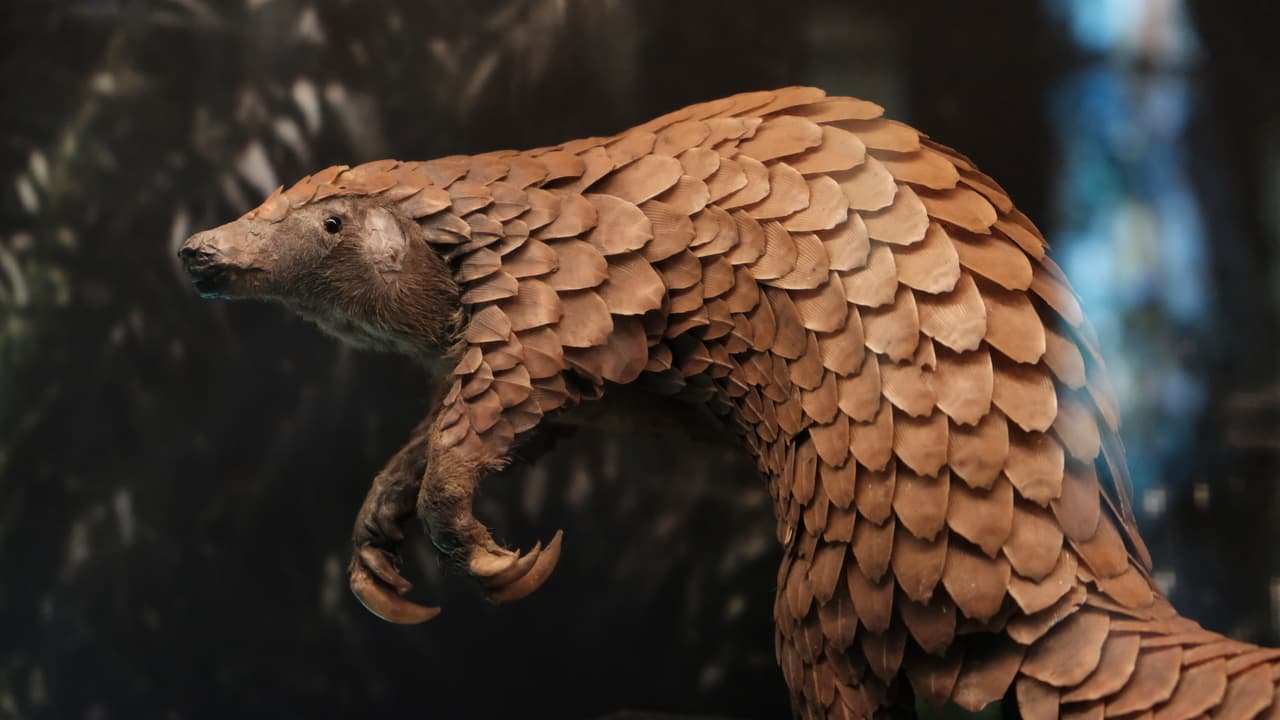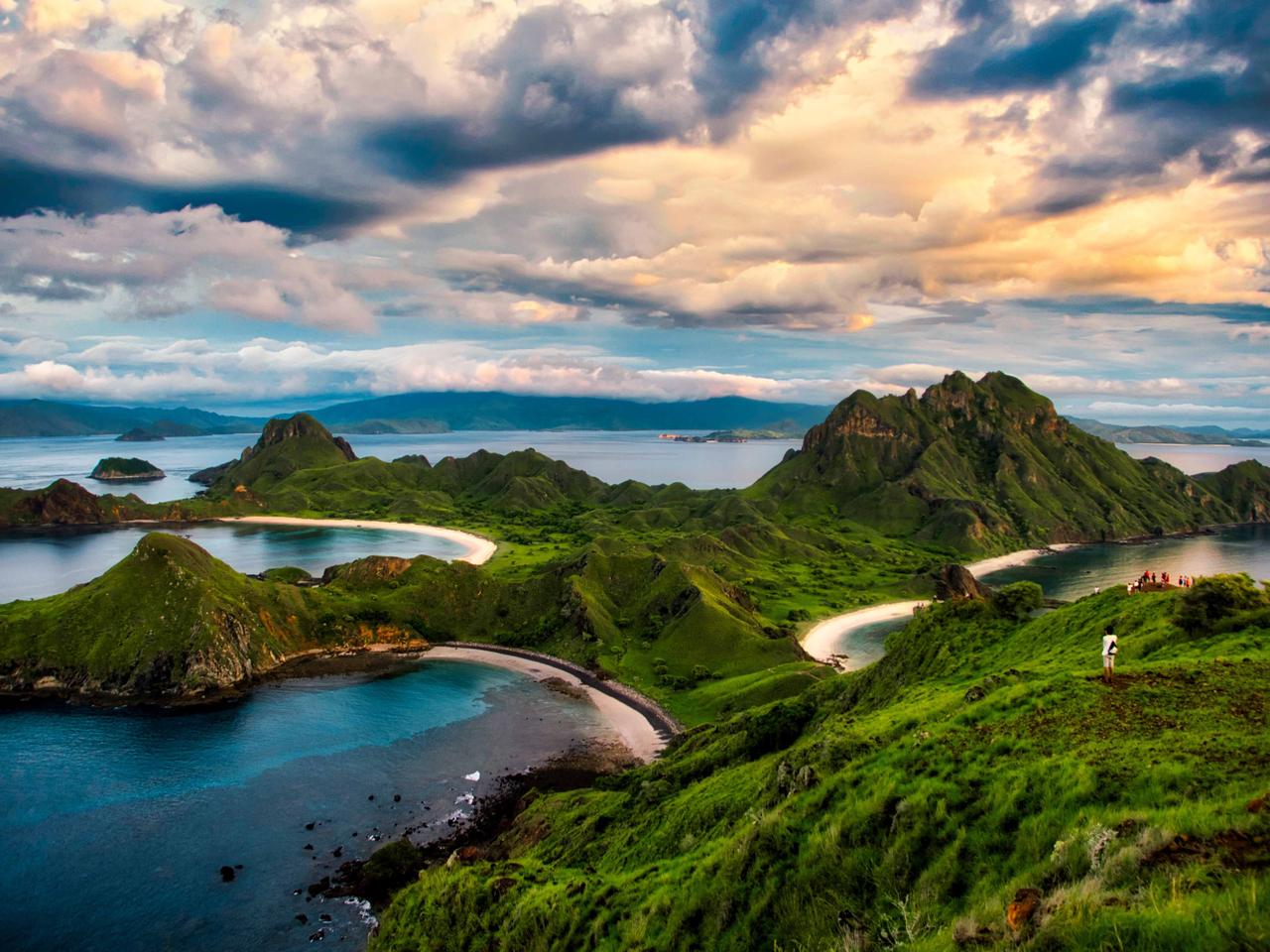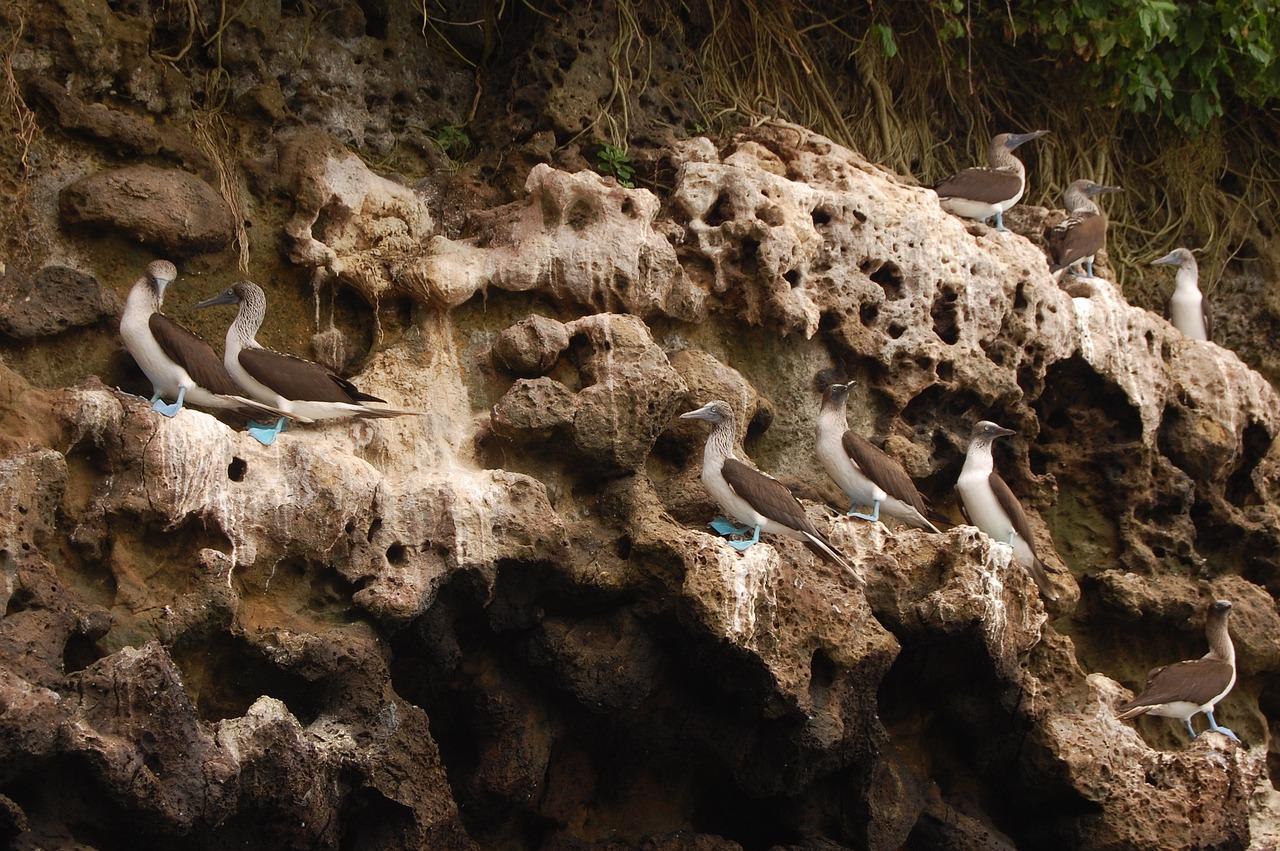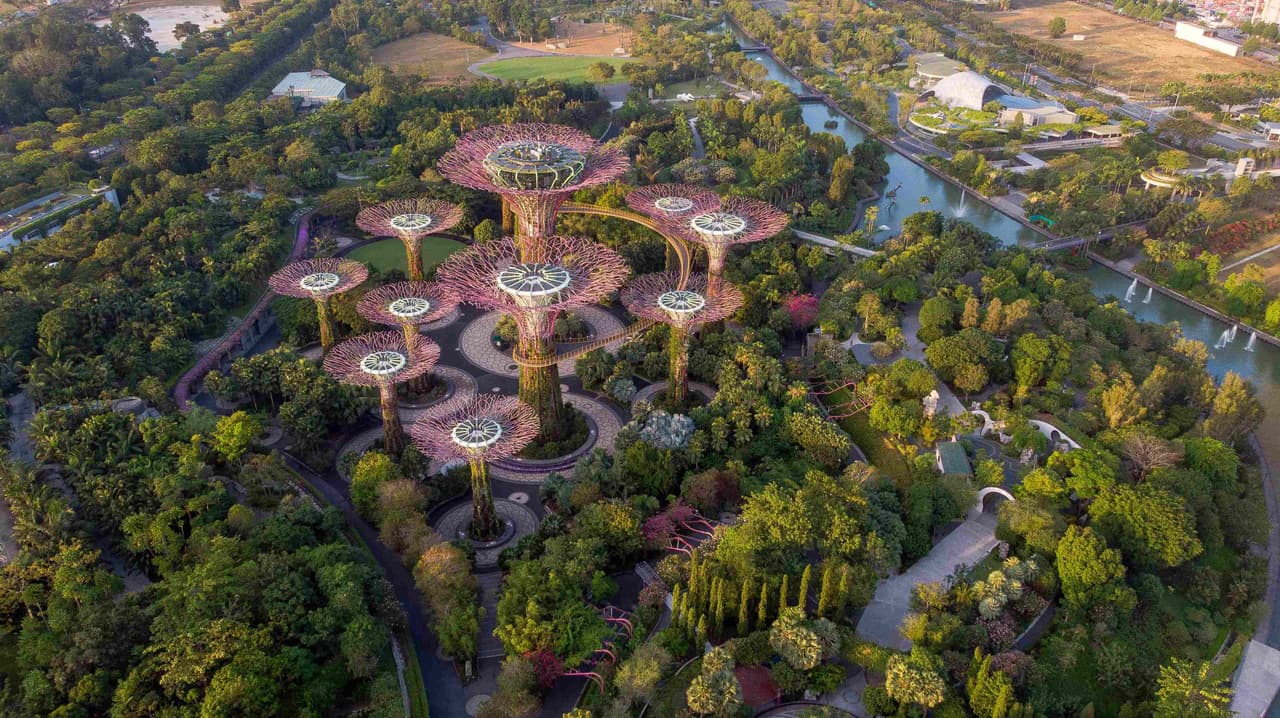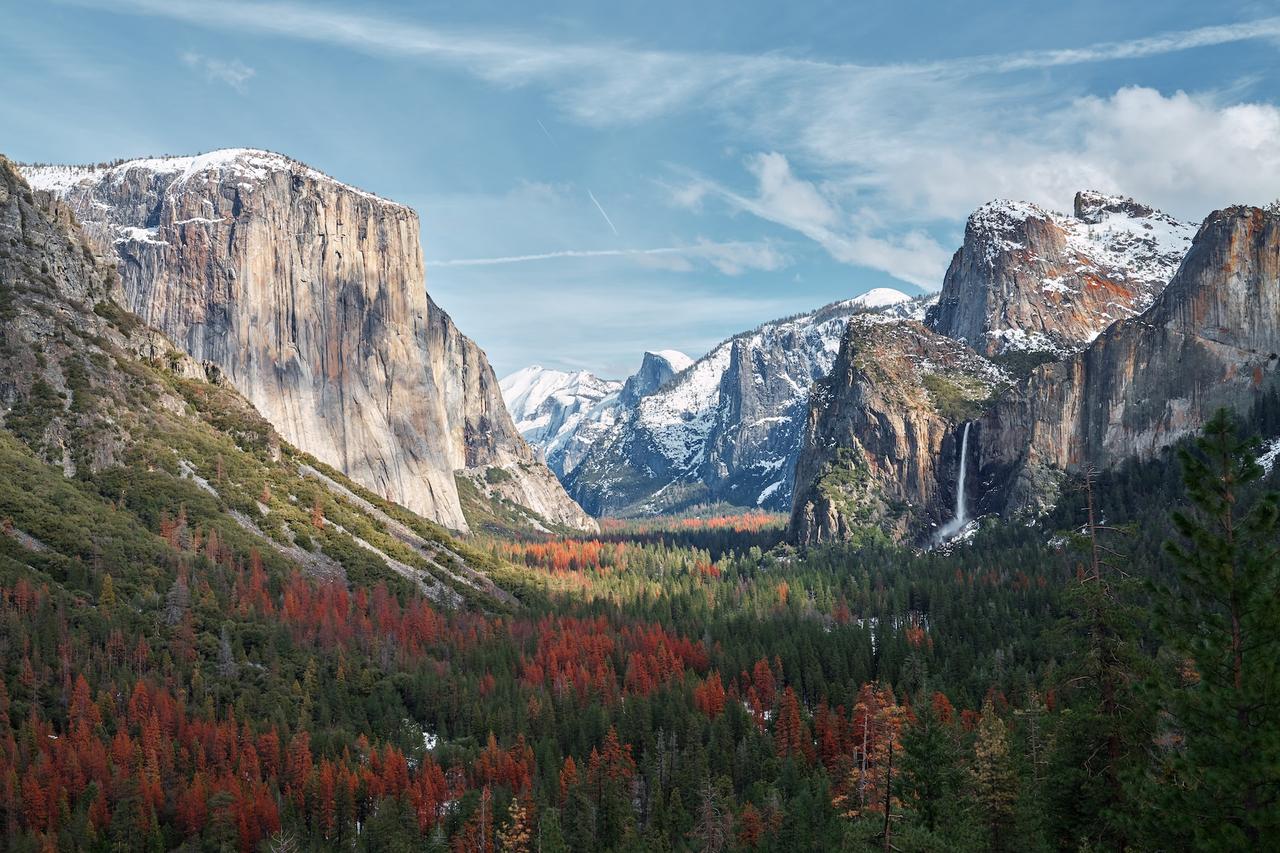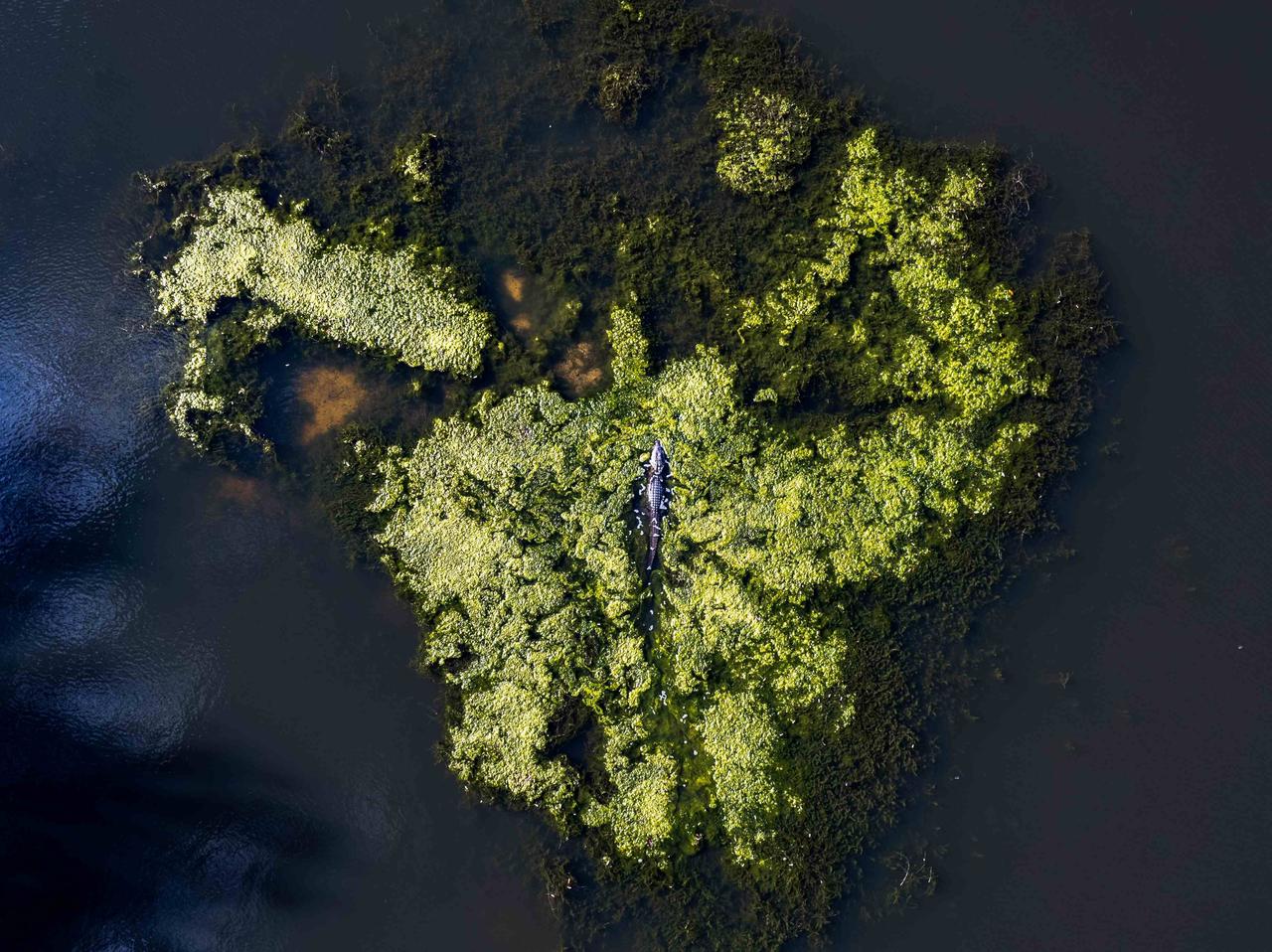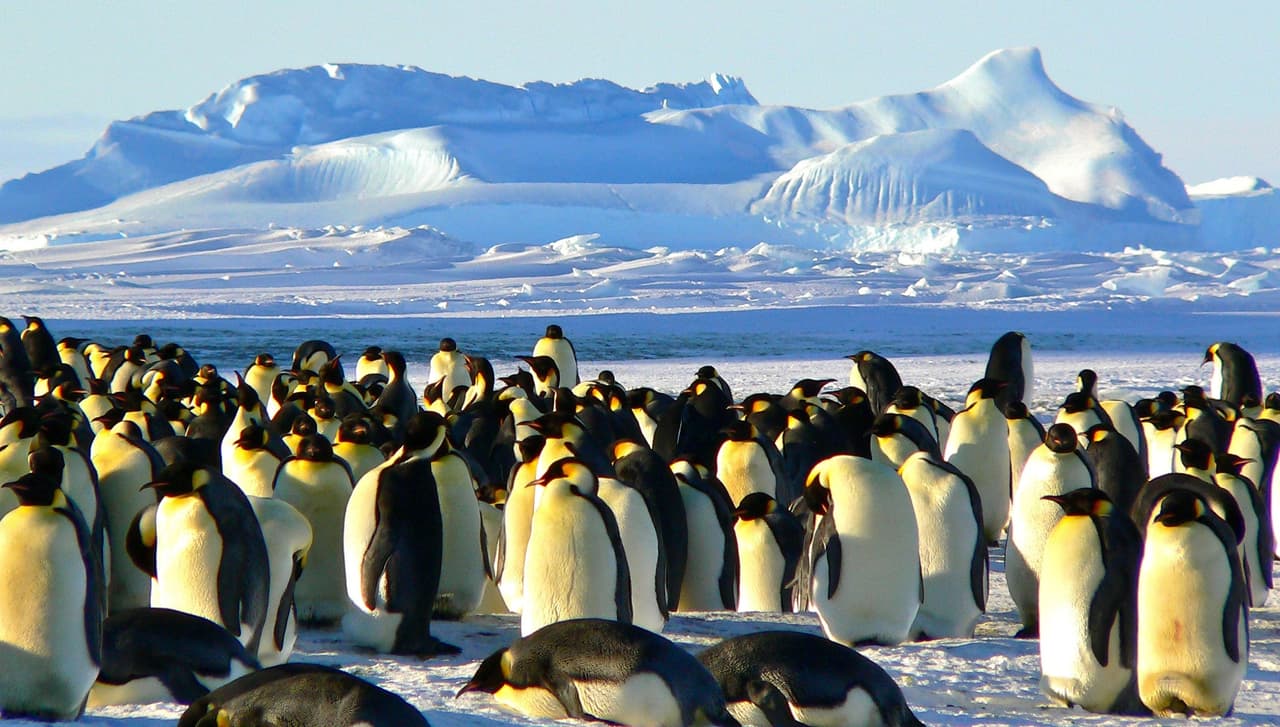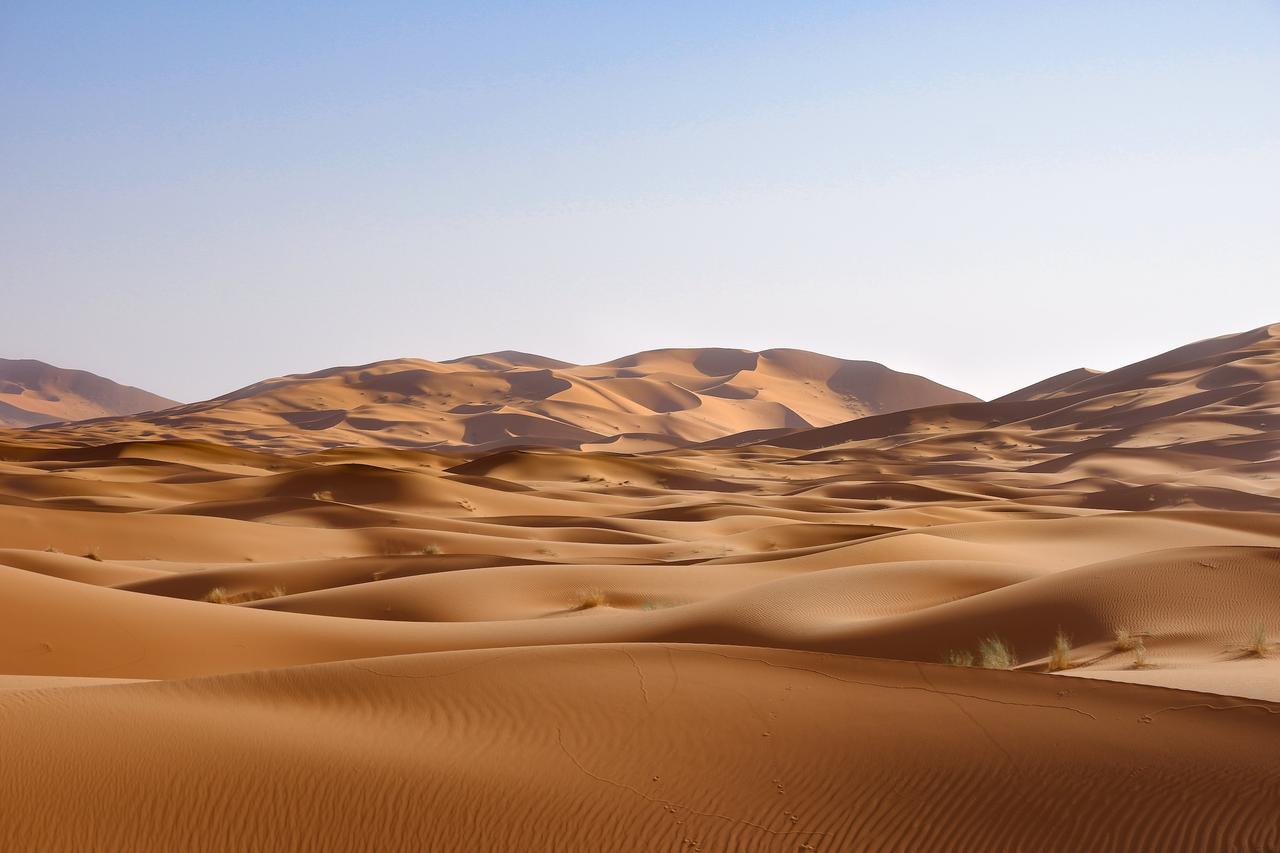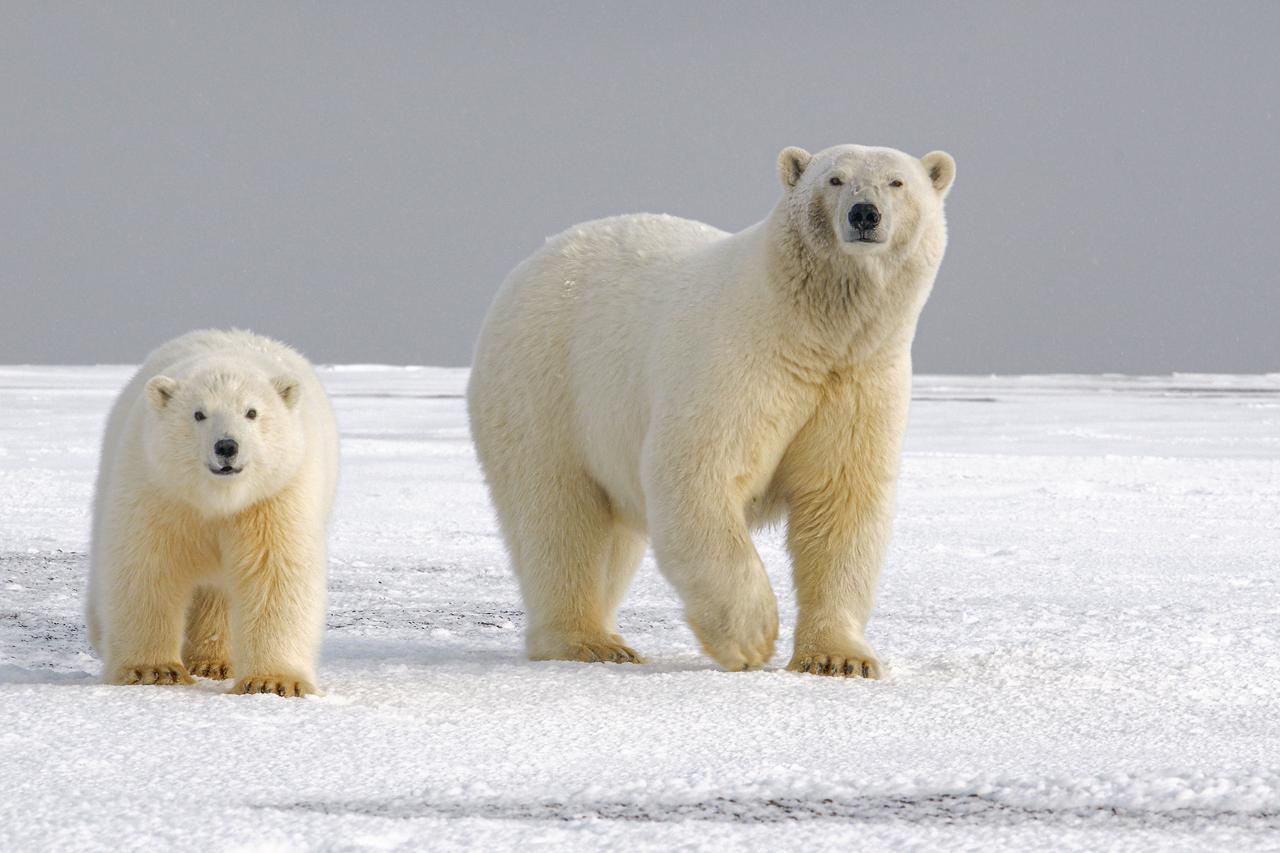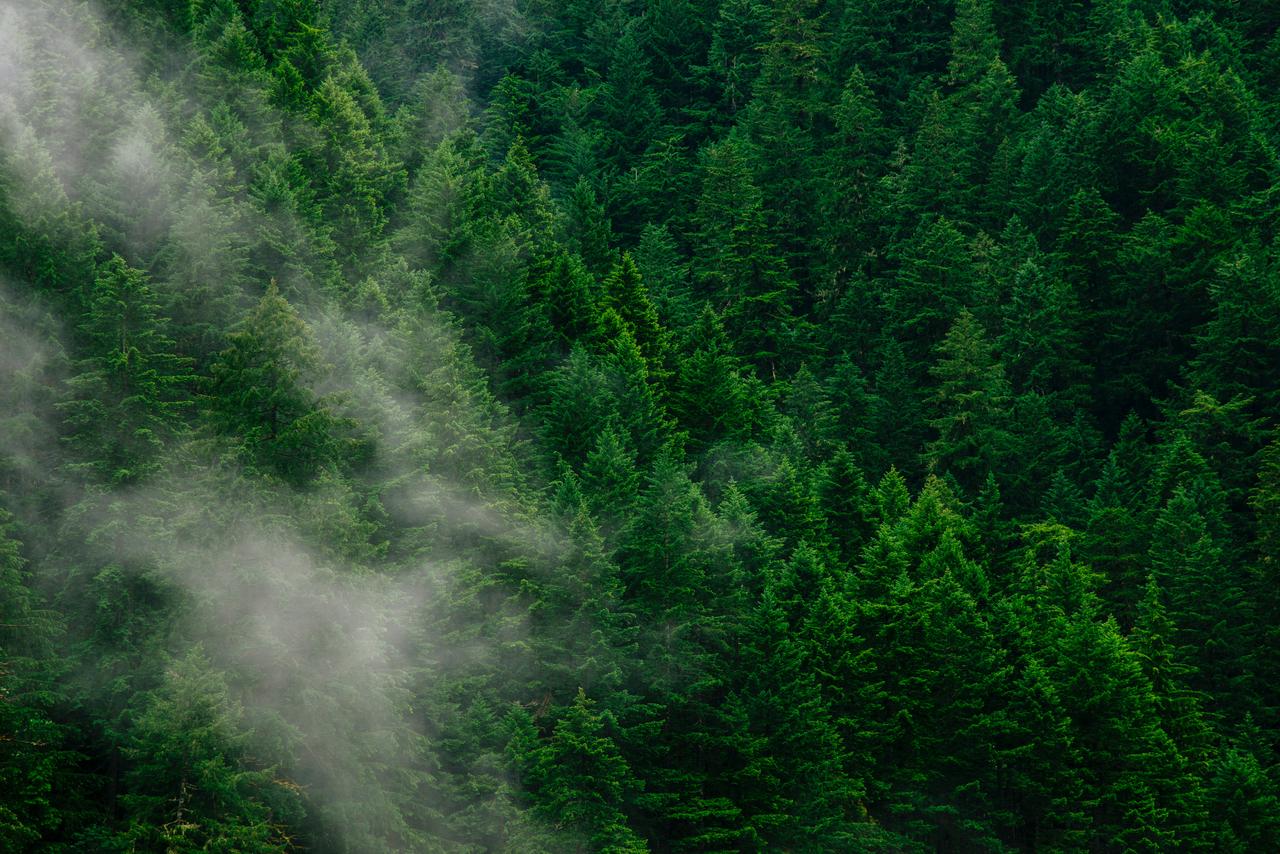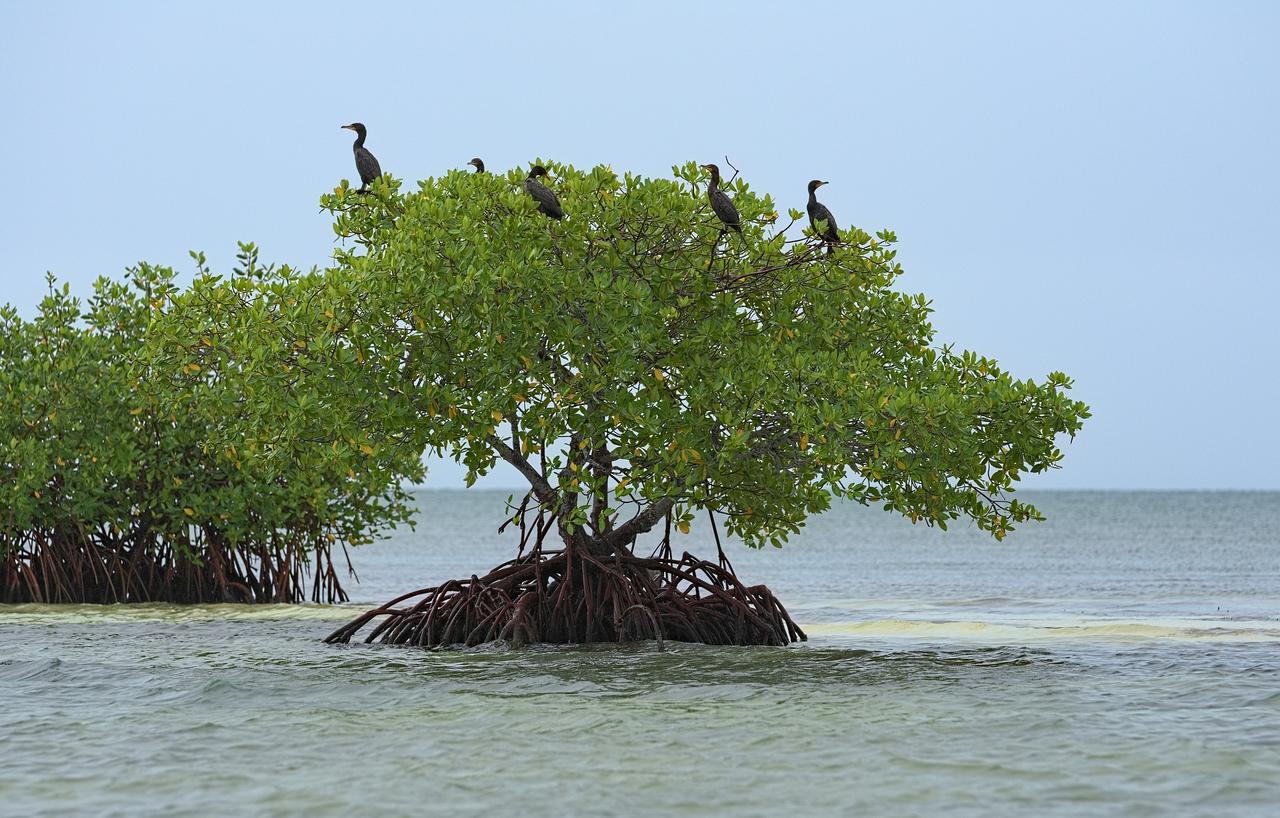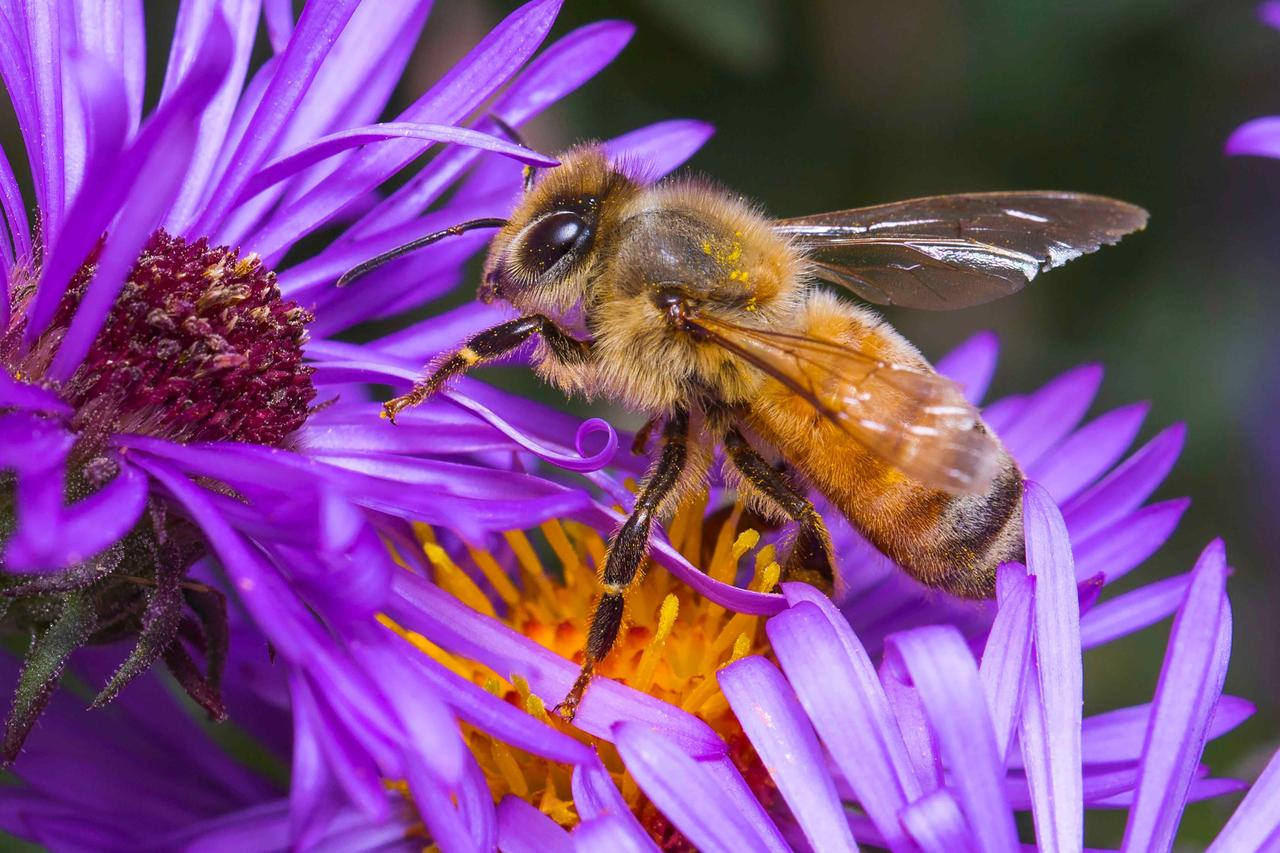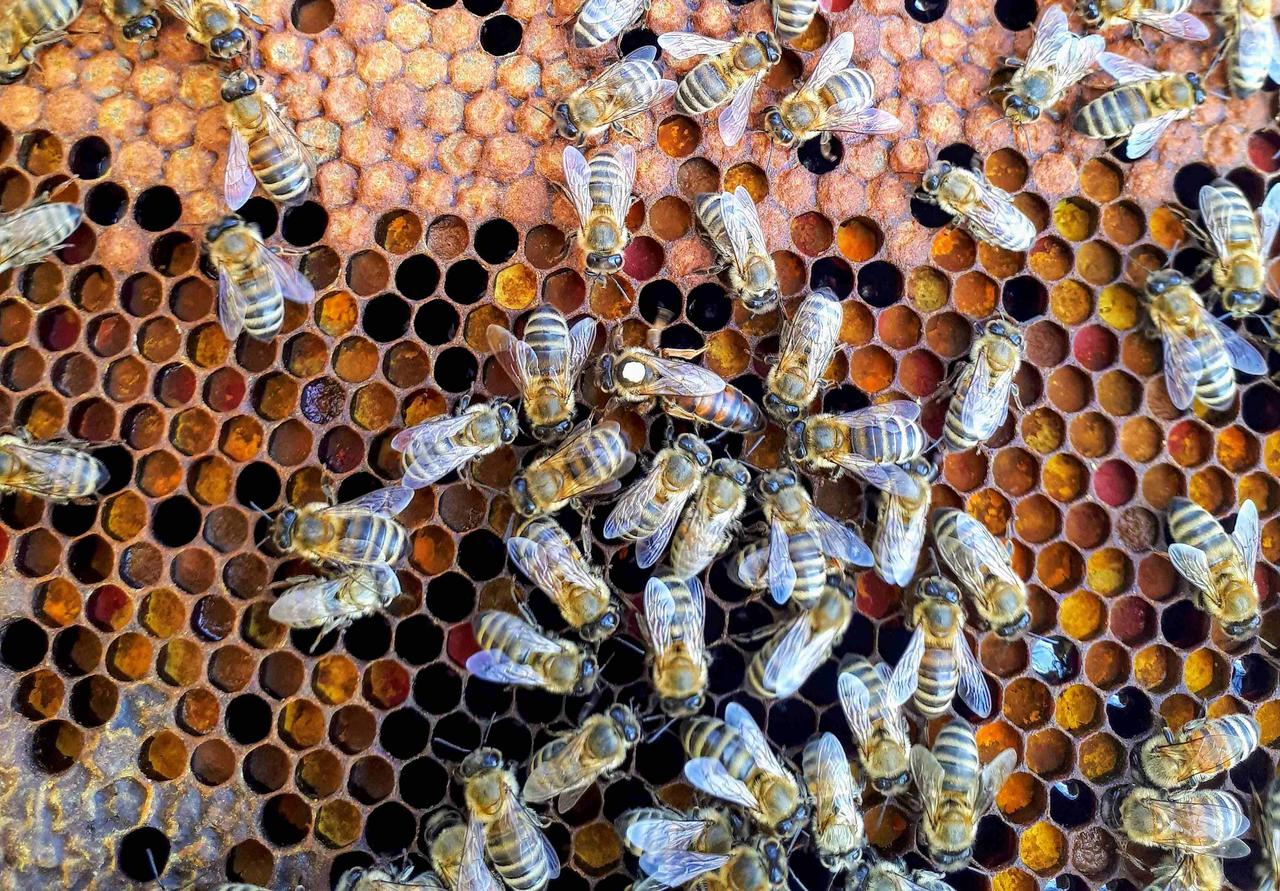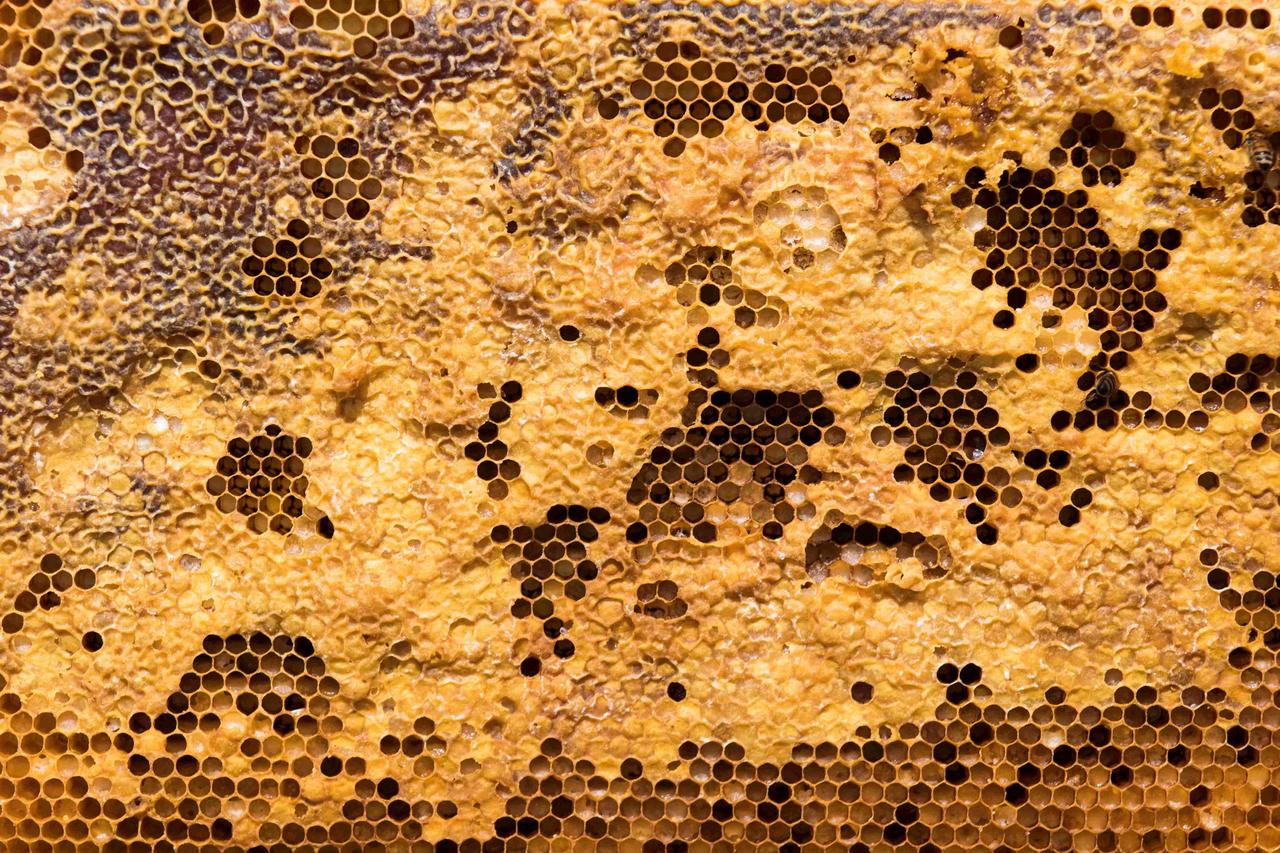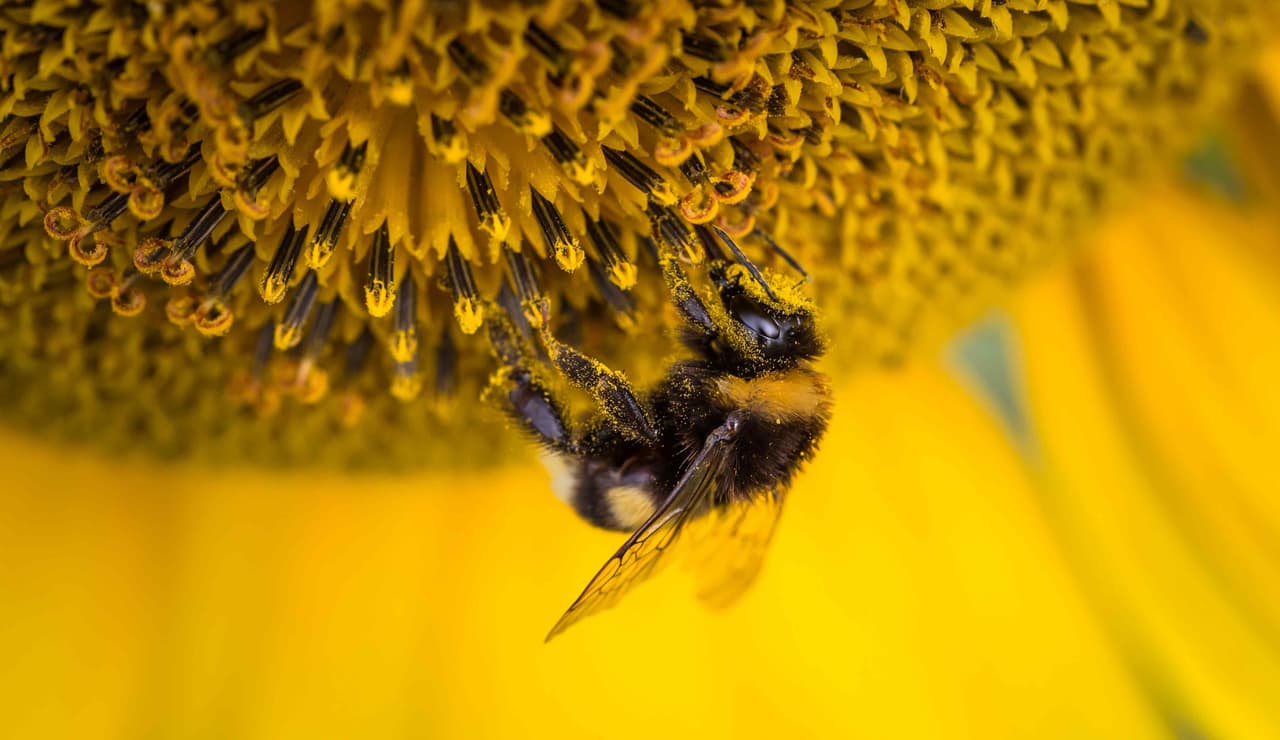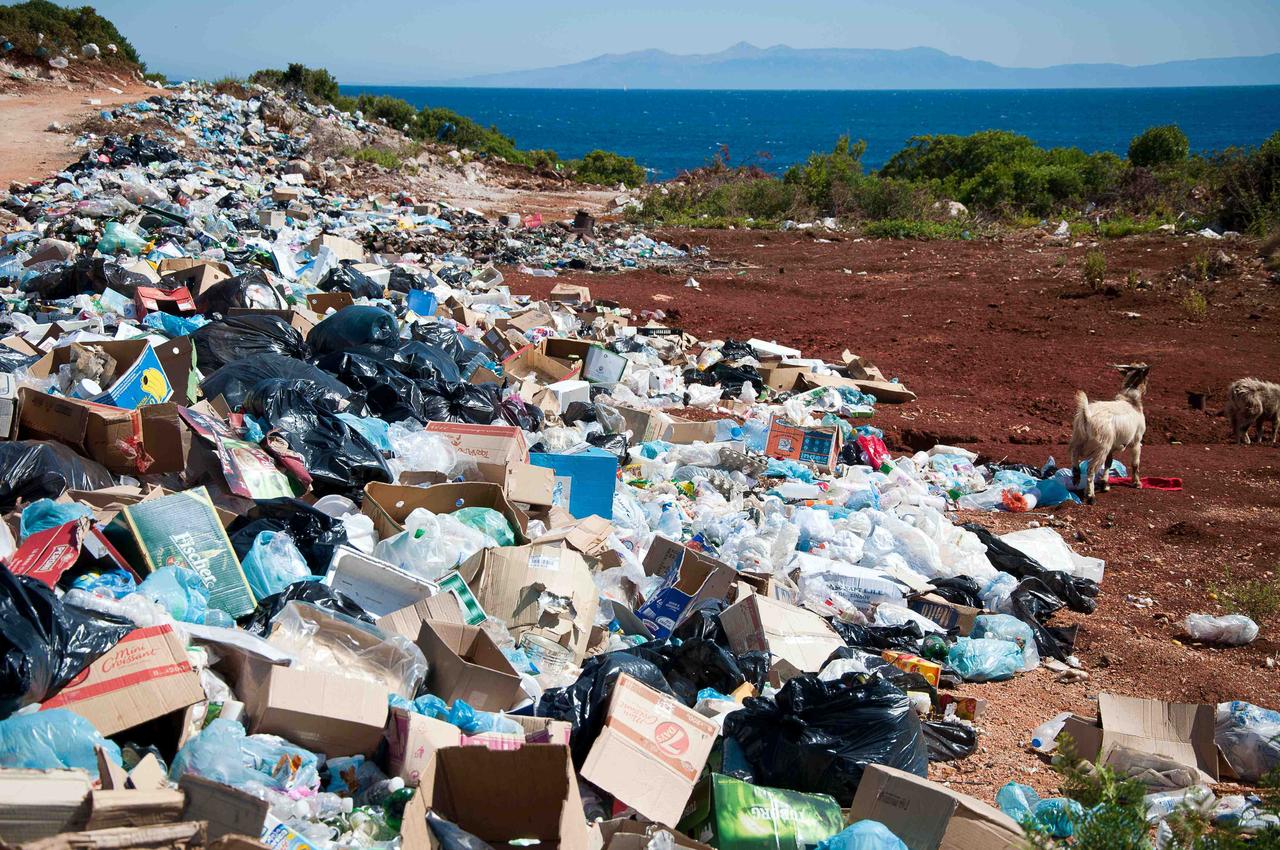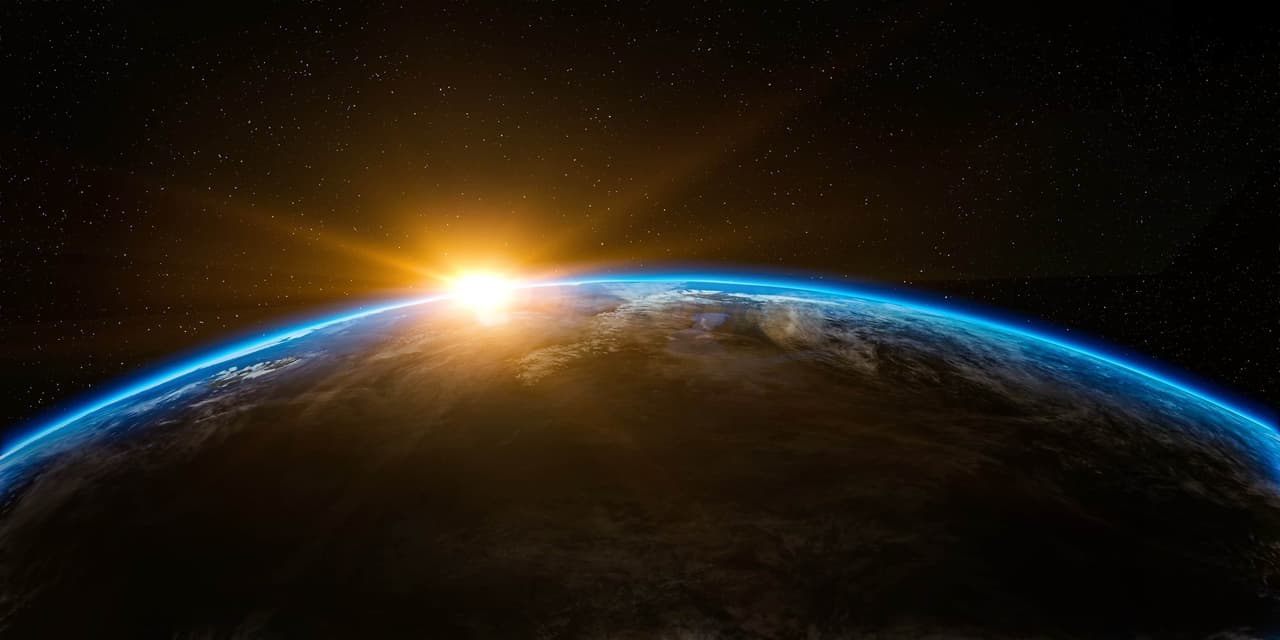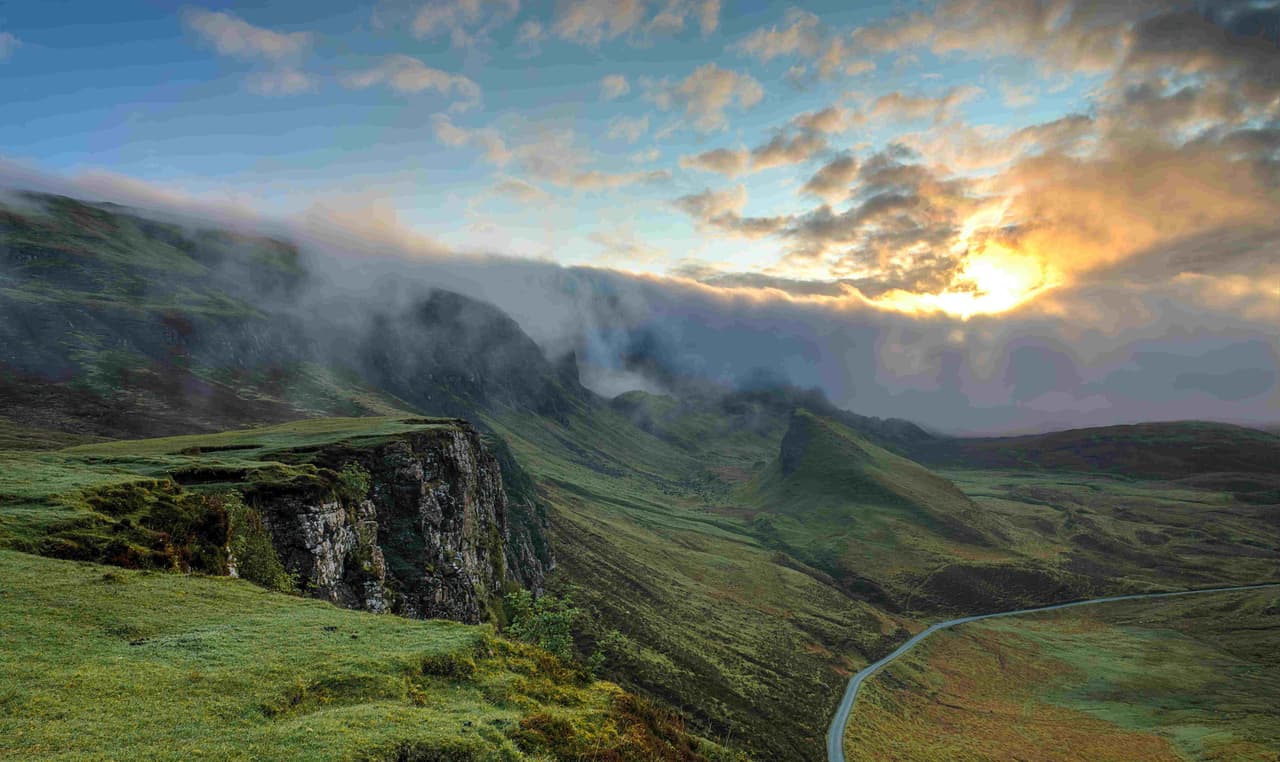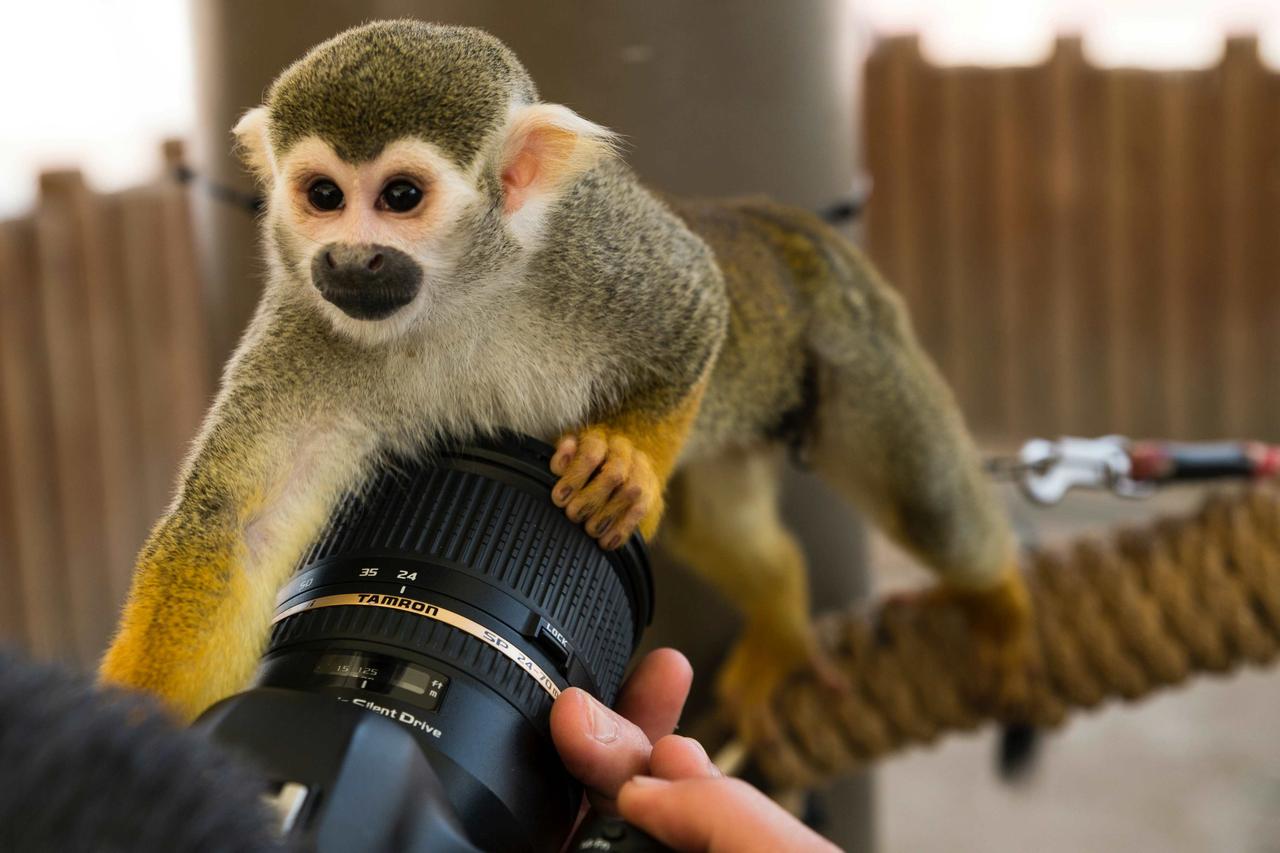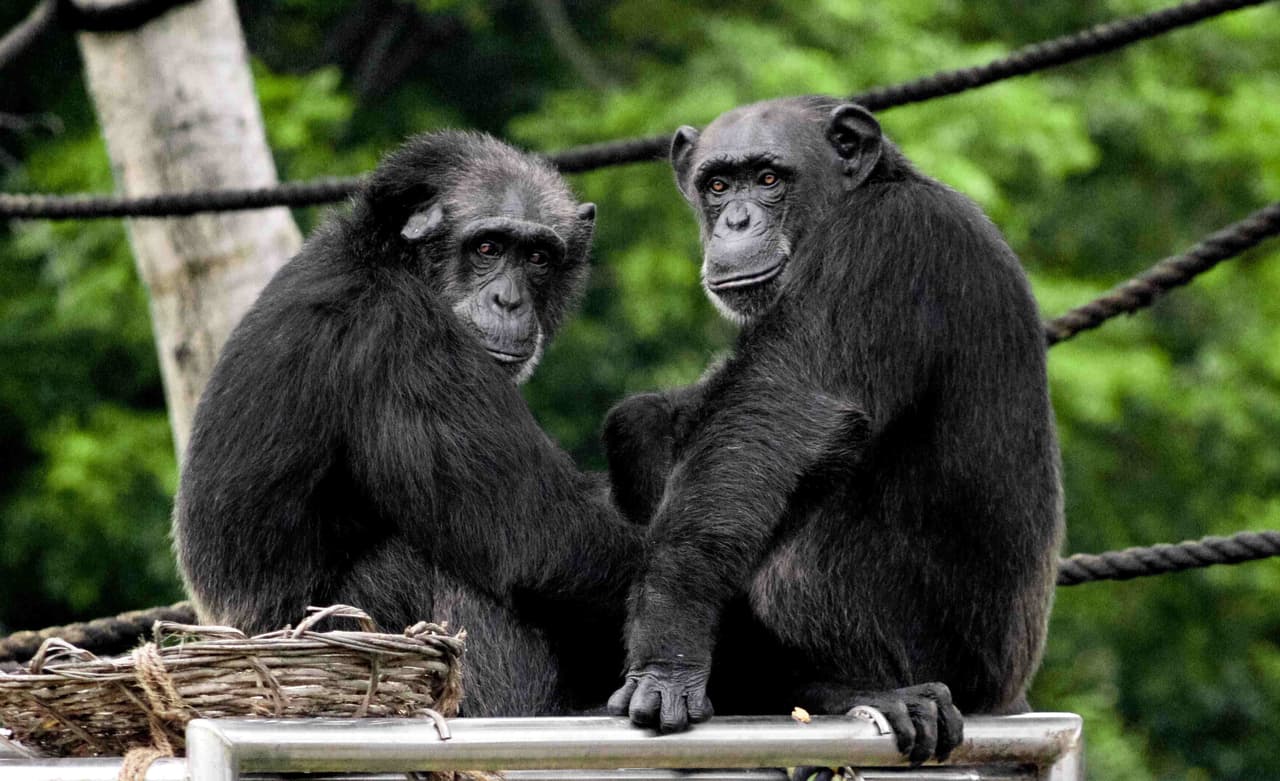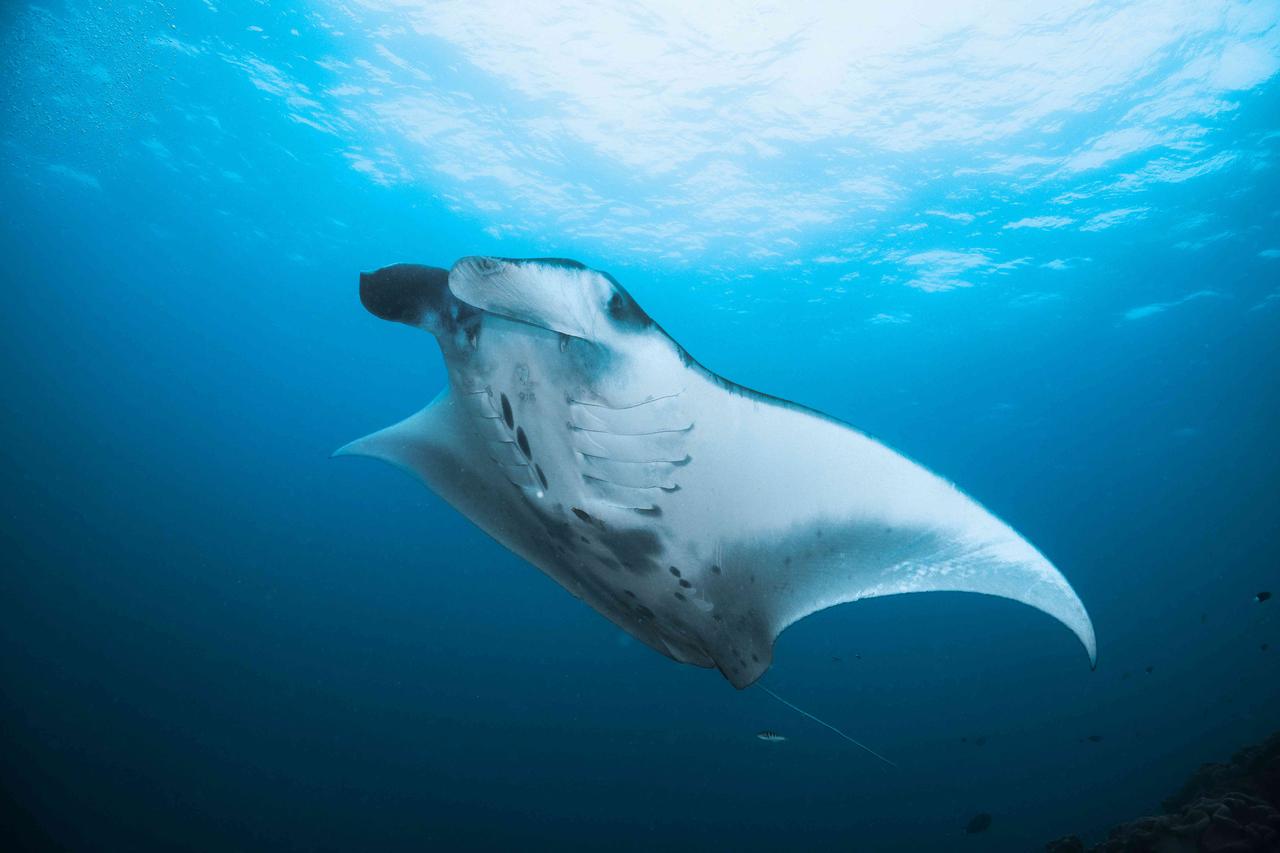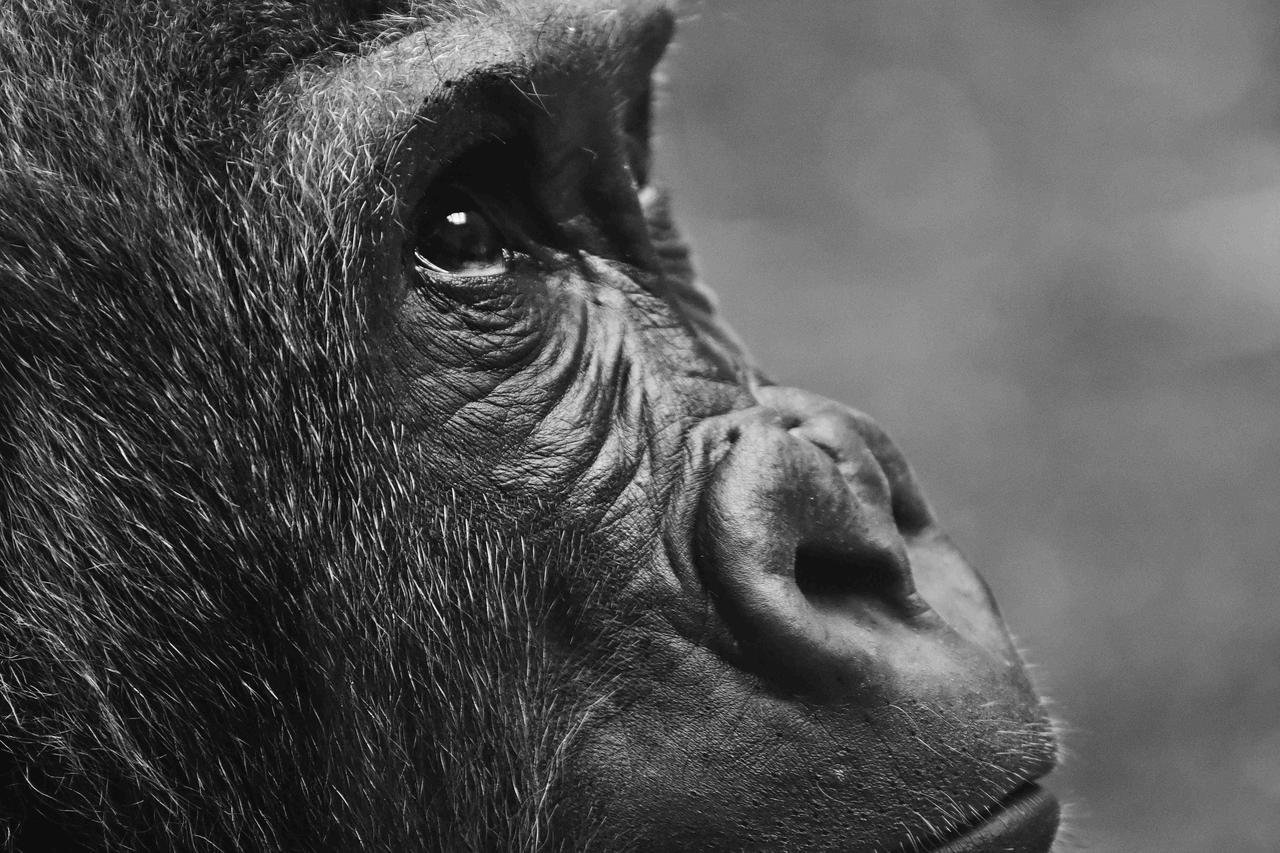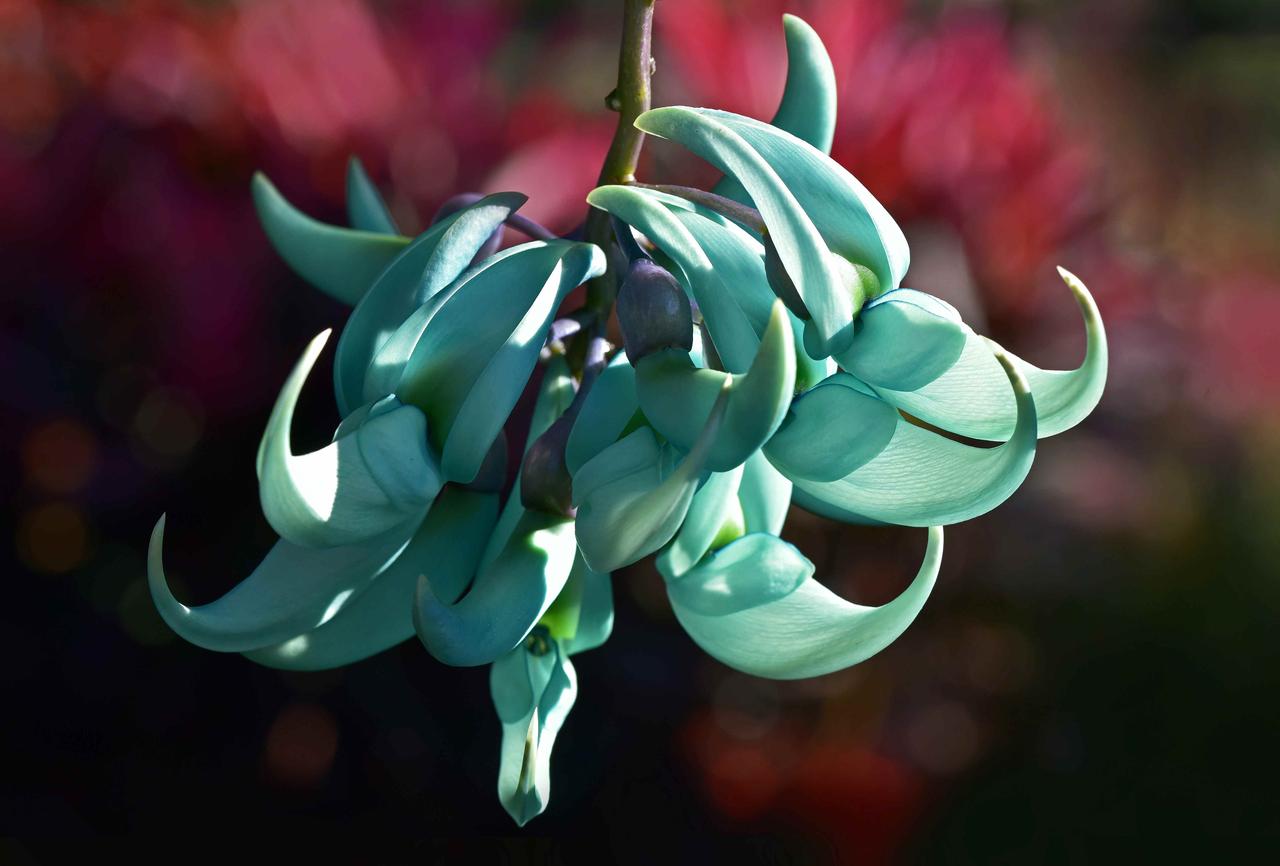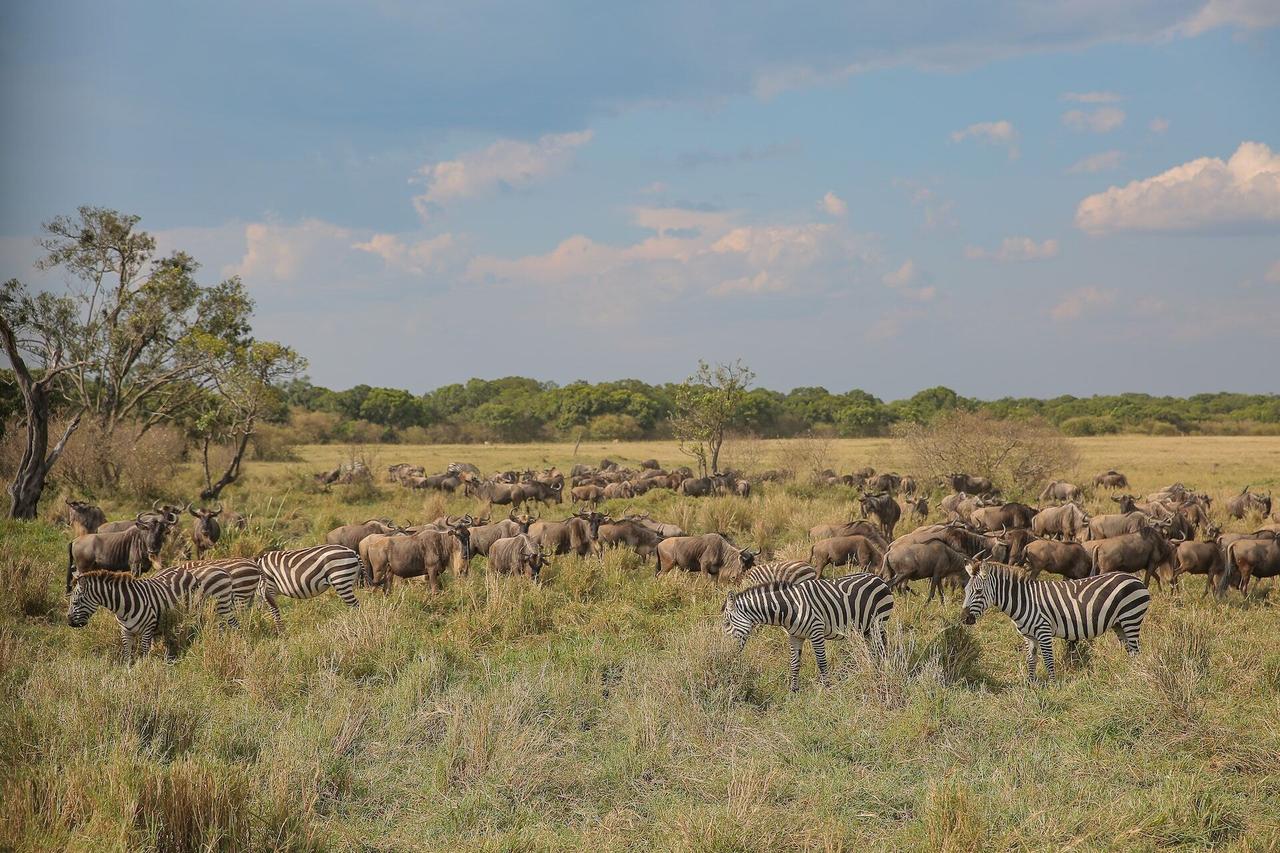
Downs, veld, steppe, and taiga. What connects all four? Find out below.
What's big, (mostly) green, (mostly) grass, and goes by a variety of names? Grasslands! From North America to Asia, grasslands are an essential habitat filled with wonders big and small. The plants and animals living in the grasslands work in symbiosis to maintain their ecosystem; making the grasslands an intricate oasis for biodiversity.
What exactly is a grassland?
Existing on every continent except Antarctica, grasslands are typically open, flat expanses receiving little rainfall and grass being the dominant vegetation. Not quite a desert, not quite a forest, grasslands fall somewhere in between. There are two types: temperate and tropical; temperate grasslands (e.g. North American prairies) have cold winters and warm summers with some rain, whereas tropical grasslands (e.g. Serengeti) have dry and wet seasons.
Depending on where you are in the world, grasslands may go by different names — pampas in South America, Downs in Australia, steppes in Europe and North Asia. But no matter the region grasslands are found, they all support an array of wildlife — billionfold. From the most iconic of animals (lion, horse, bison) to smaller critters (giant armadillo, wallaby).
The oldest habitat in the world — under threat
There are many famous grasslands around the world, but perhaps the most well known is the Serengeti in Tanzania. This vast plain, which spans 30,00 square kilometers (11,500 square miles) is said to be as old as 4 billion years, supporting millions of species (including the big five) and the second largest land mammal migration in the world. The annual wildebeest, boasted as one of the greatest natural spectacles on Earth and one that was nearly decimated at the beginning of the 20th century, helps replenish grasslands, sustain predators, and allow the Serengeti to remain a carbon sink.
Without human interference, the Serengeti's superpower is its stability. The plants, animals, and weather in this grassland have remained almost unchanged for millions of years. But human interference is threatening this natural wonder. Because grasslands are so agriculturally useful and relatively unobstructed, they are being exploited to create farmland and urban development, putting these long-standing ecosystems, which took millennia to build, to the test. It's estimated that only 10% of the world's original grasslands remain across all continents — and the Serengeti accounts for only a portion of the 5% of protected grasslands. In other places, like North America.
Let’s create hope for grasslands
Hope for grasslands means hope for us, too — grasslands are vital climate change fighters and rich in precious resources. But because they are so little protected, they, as well as the rich BIODIVERSITY within them, are at risk of disappearing by our own hands. It’s imperative we create hope for habitats, like grasslands, supporting those organizations working to protect Earth’s last wild places.
___
Home is where the habitat is. Support BIODIVERSITY. Donate with VAKOVAKO.
___
Don’t miss it: Pack your bags and take a journey through the tundra — before it vanishes for good. Join us next week.


